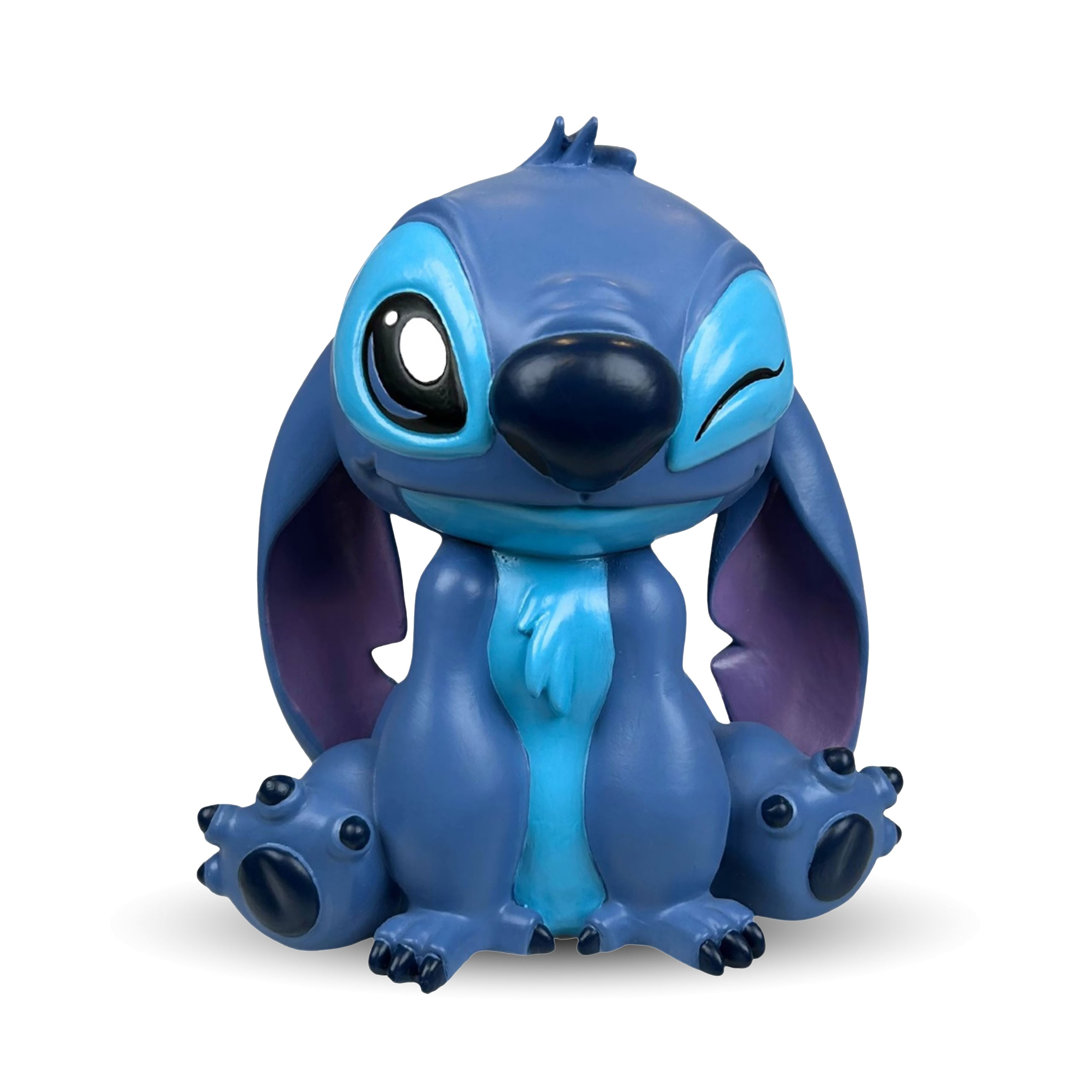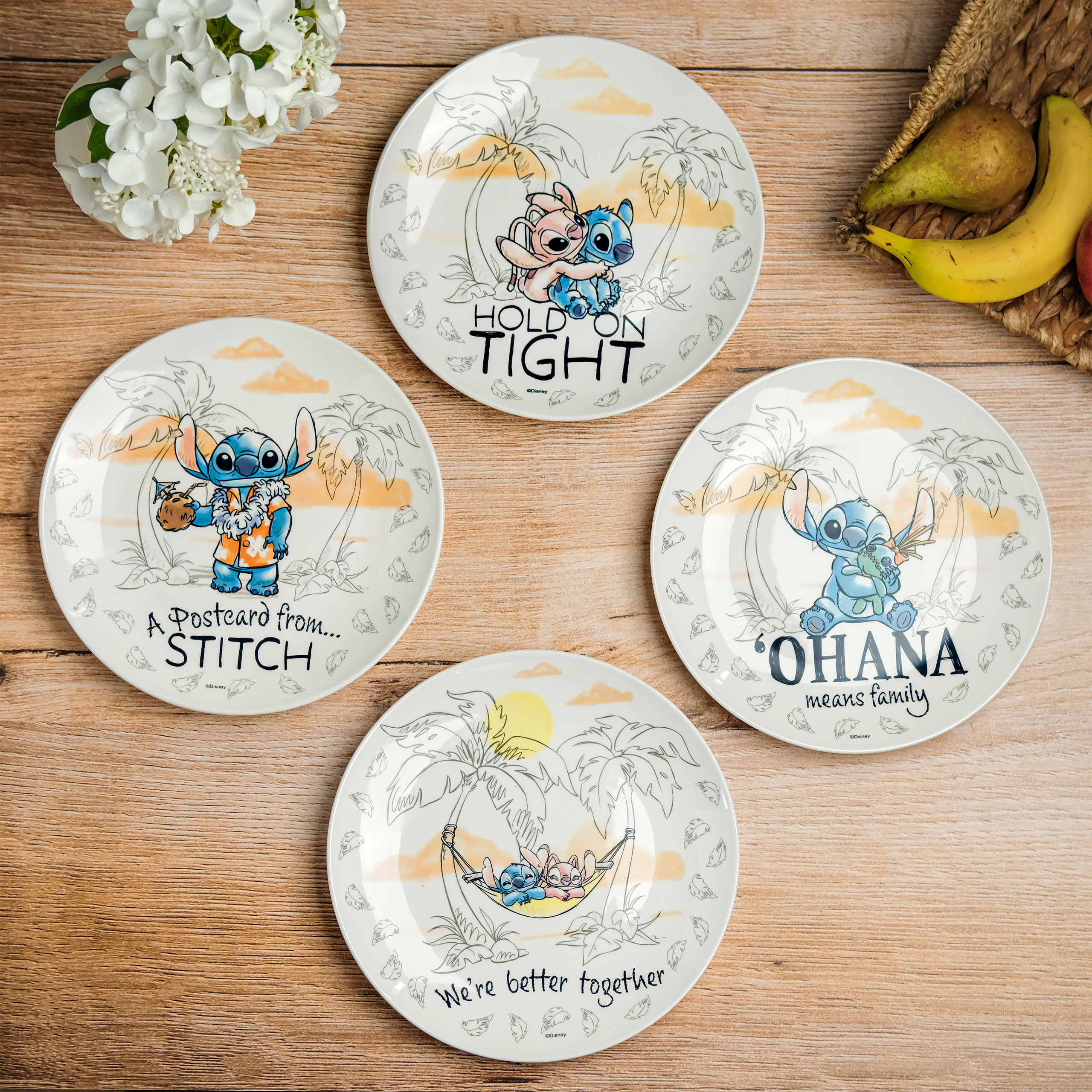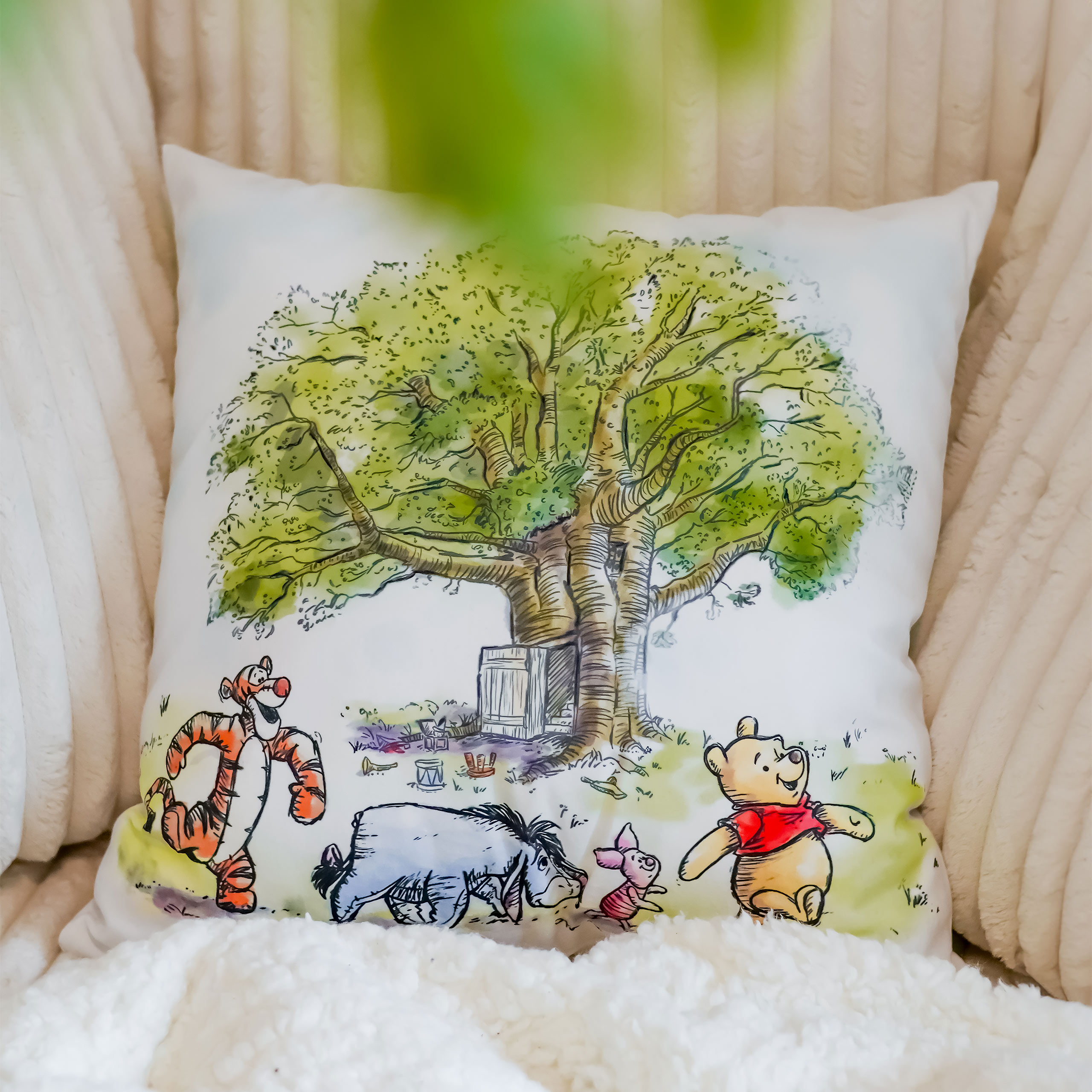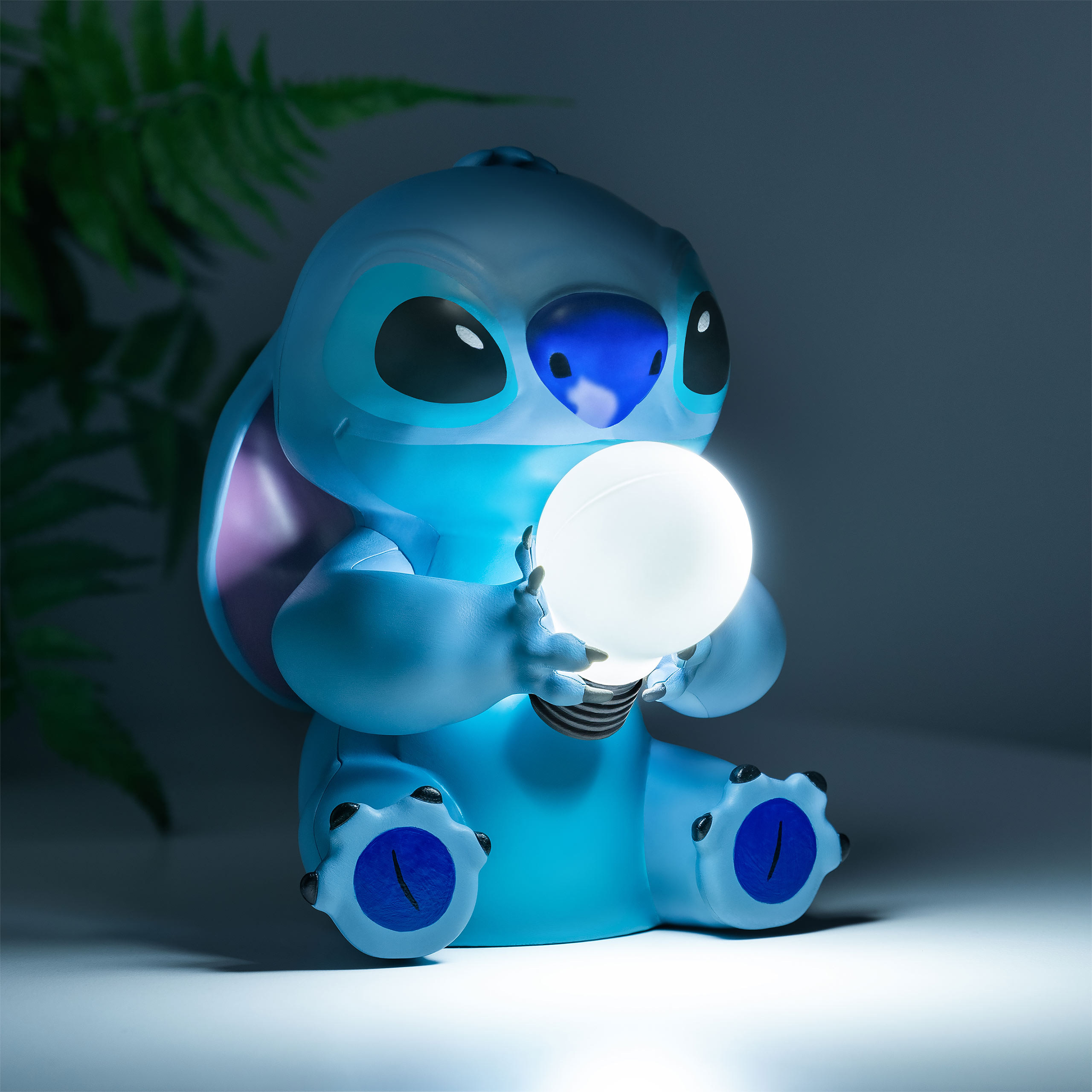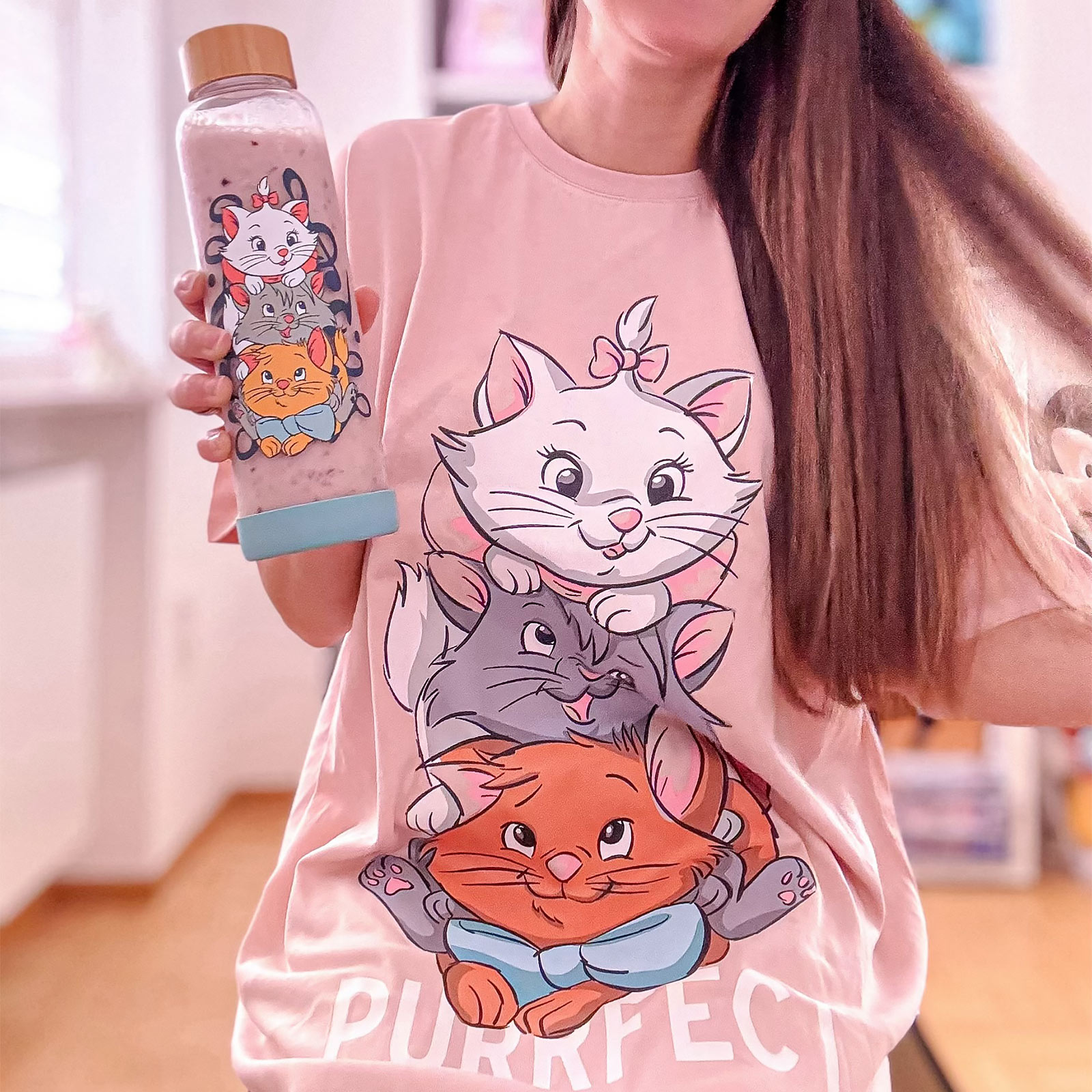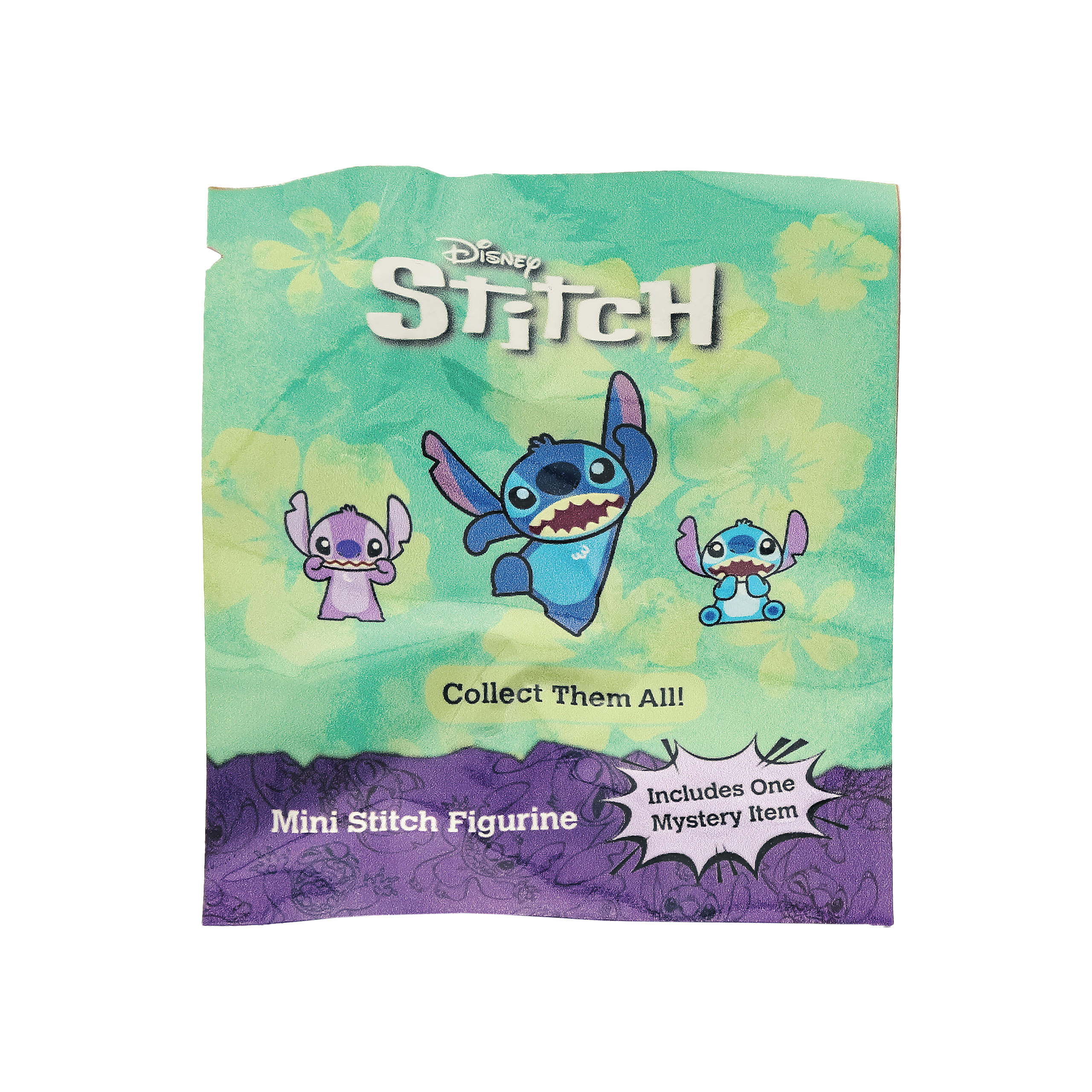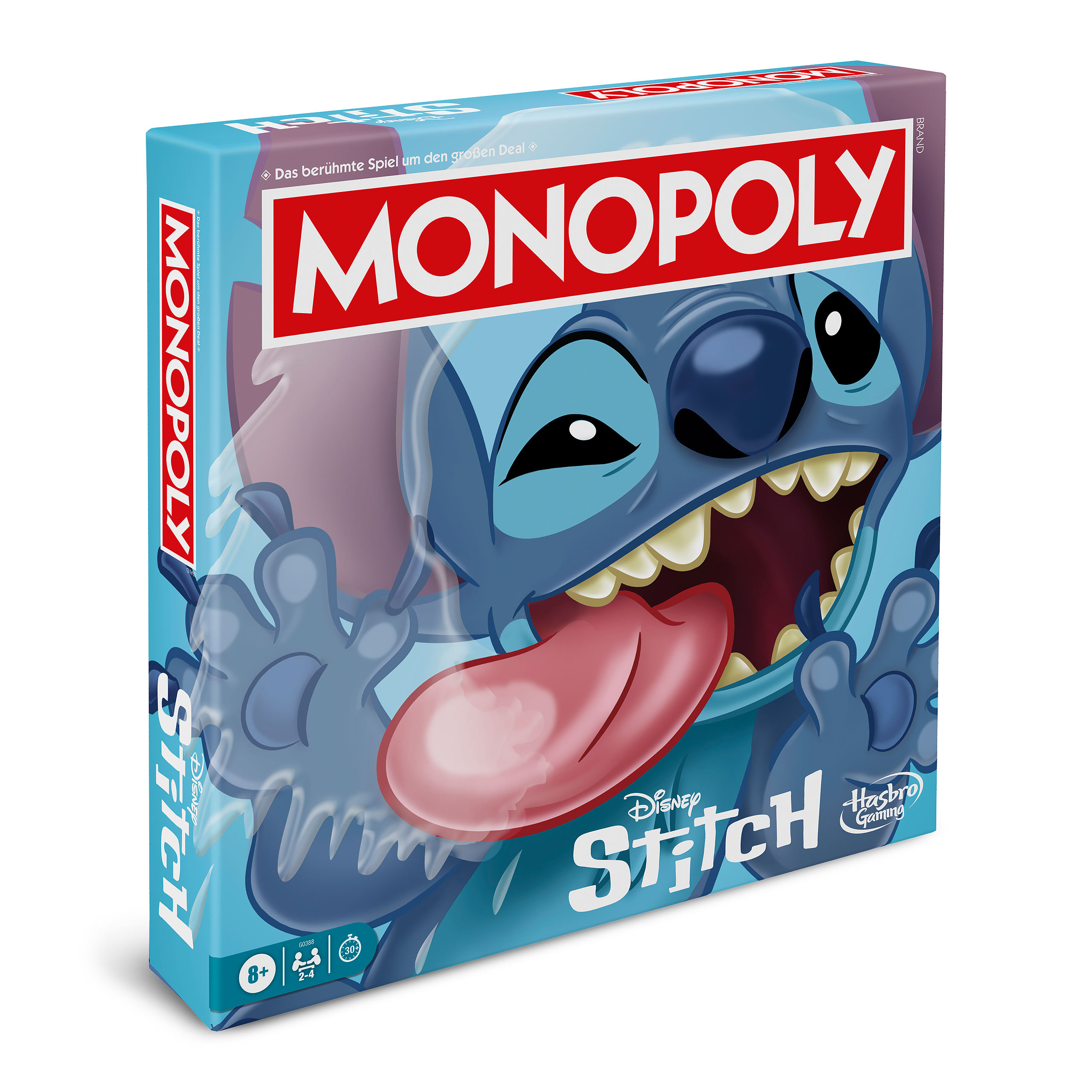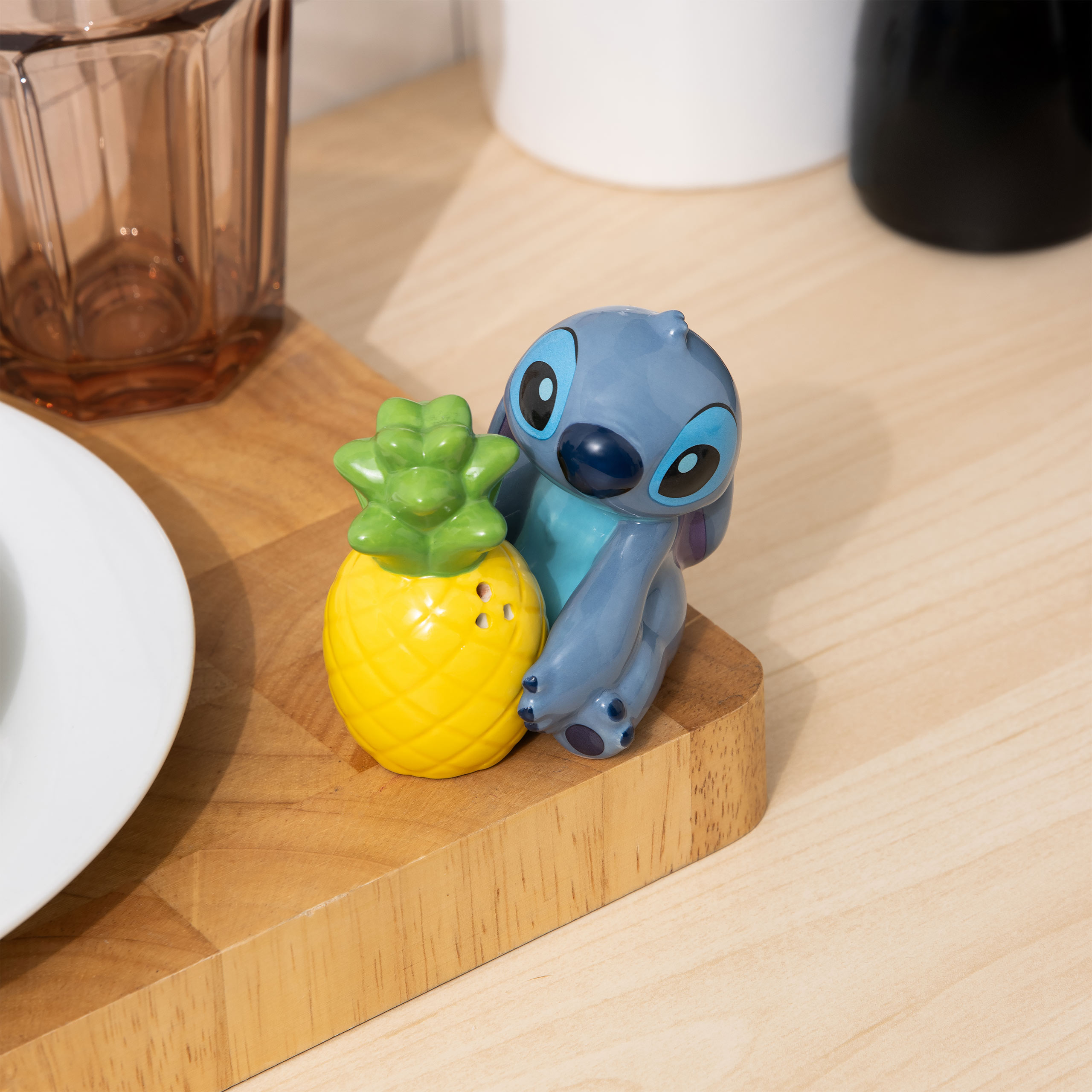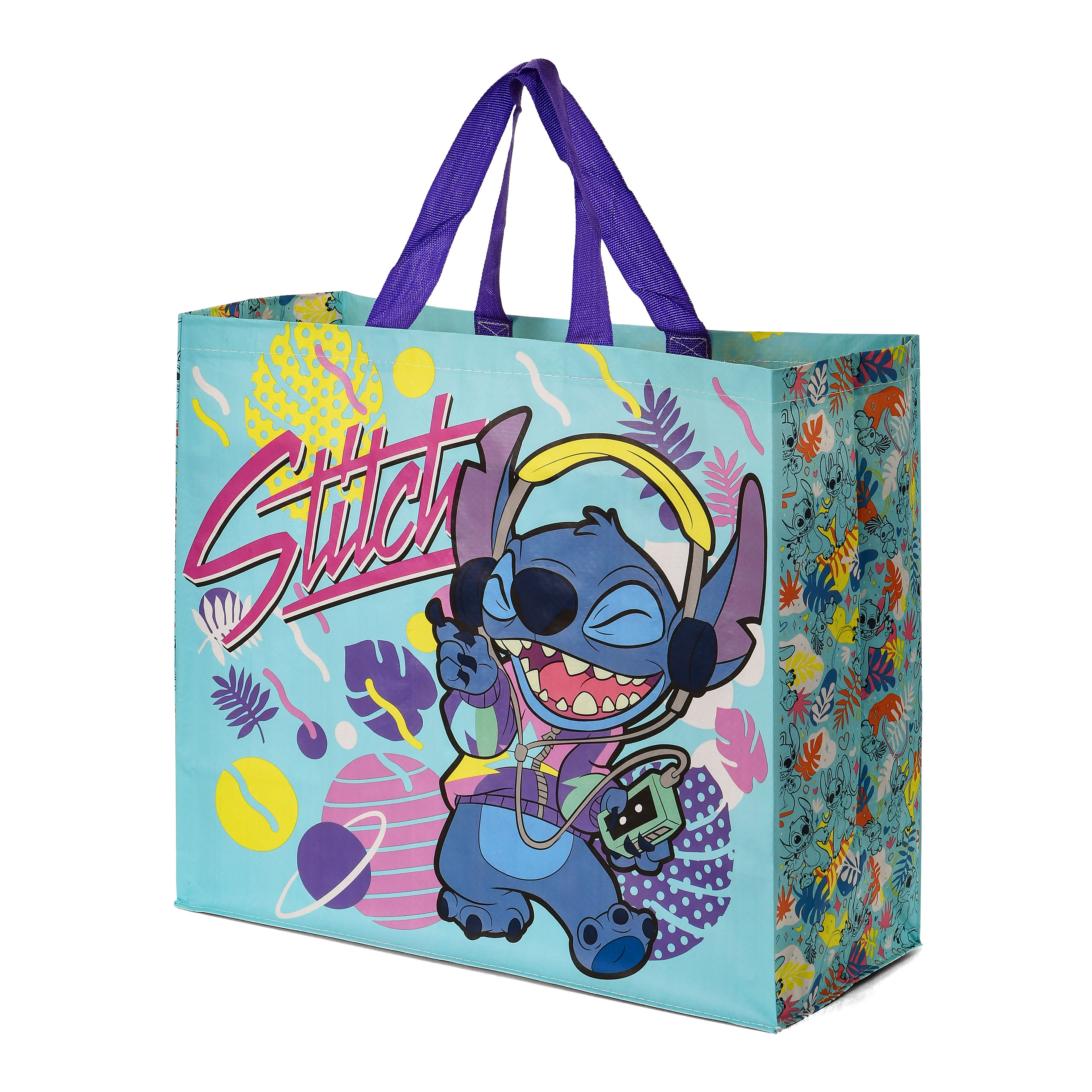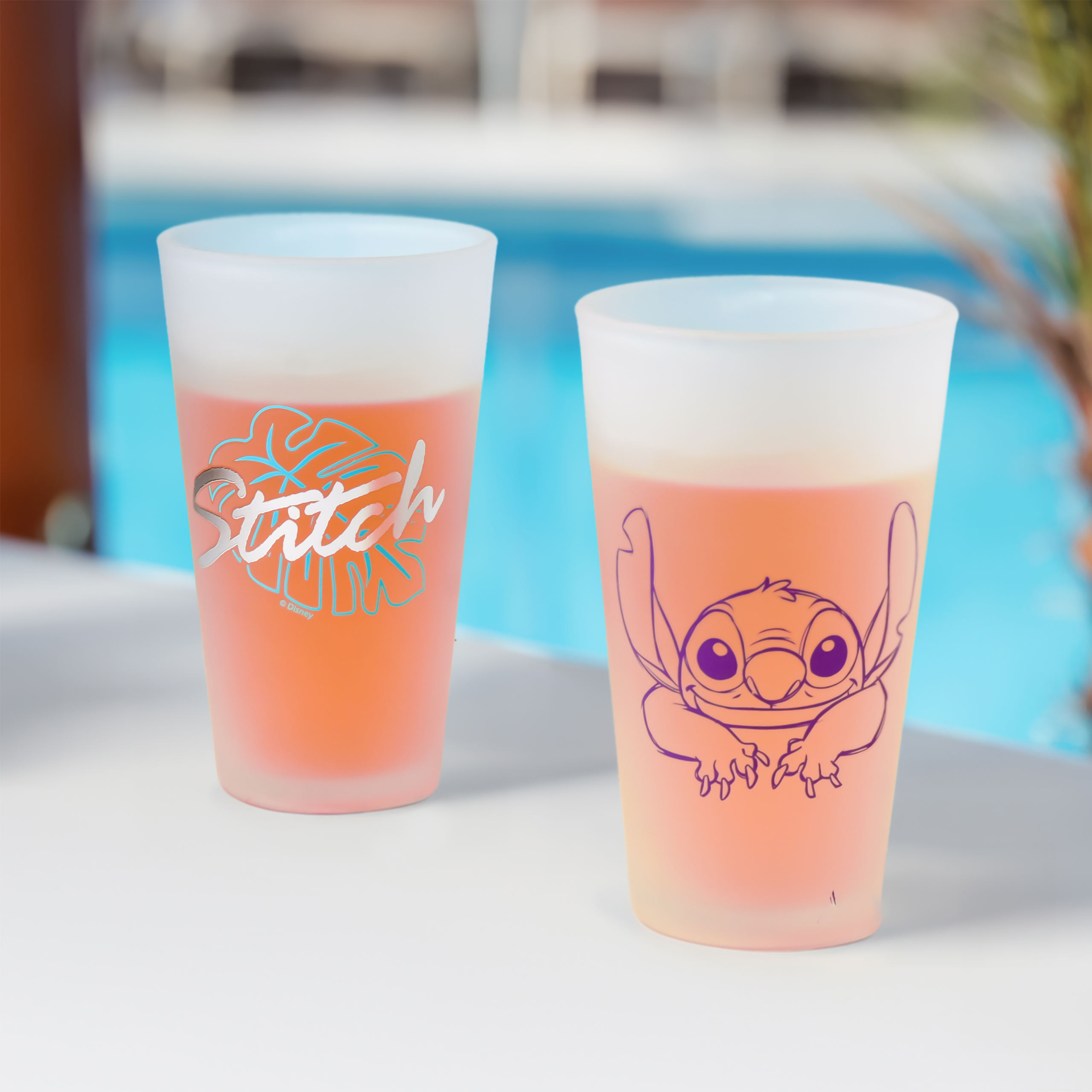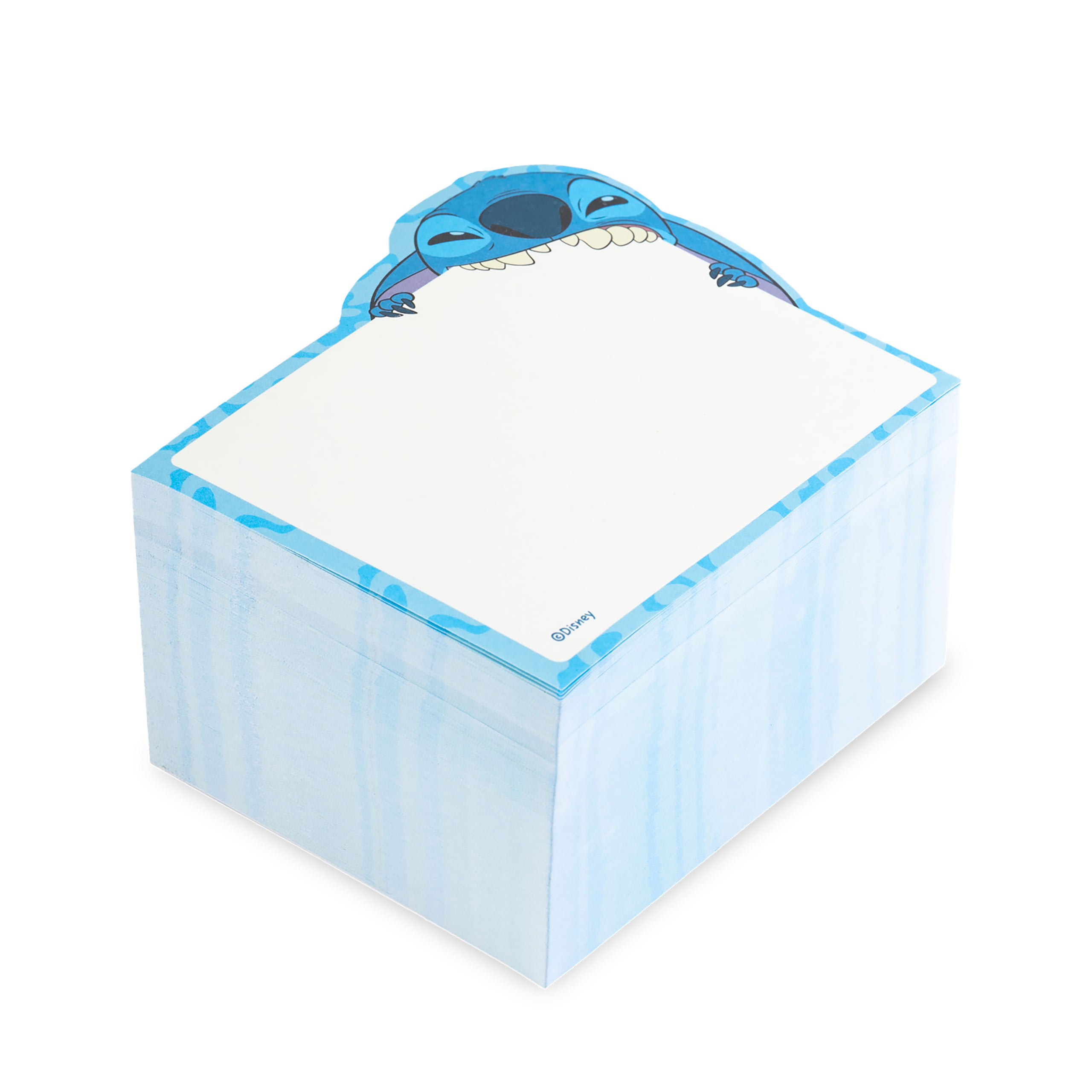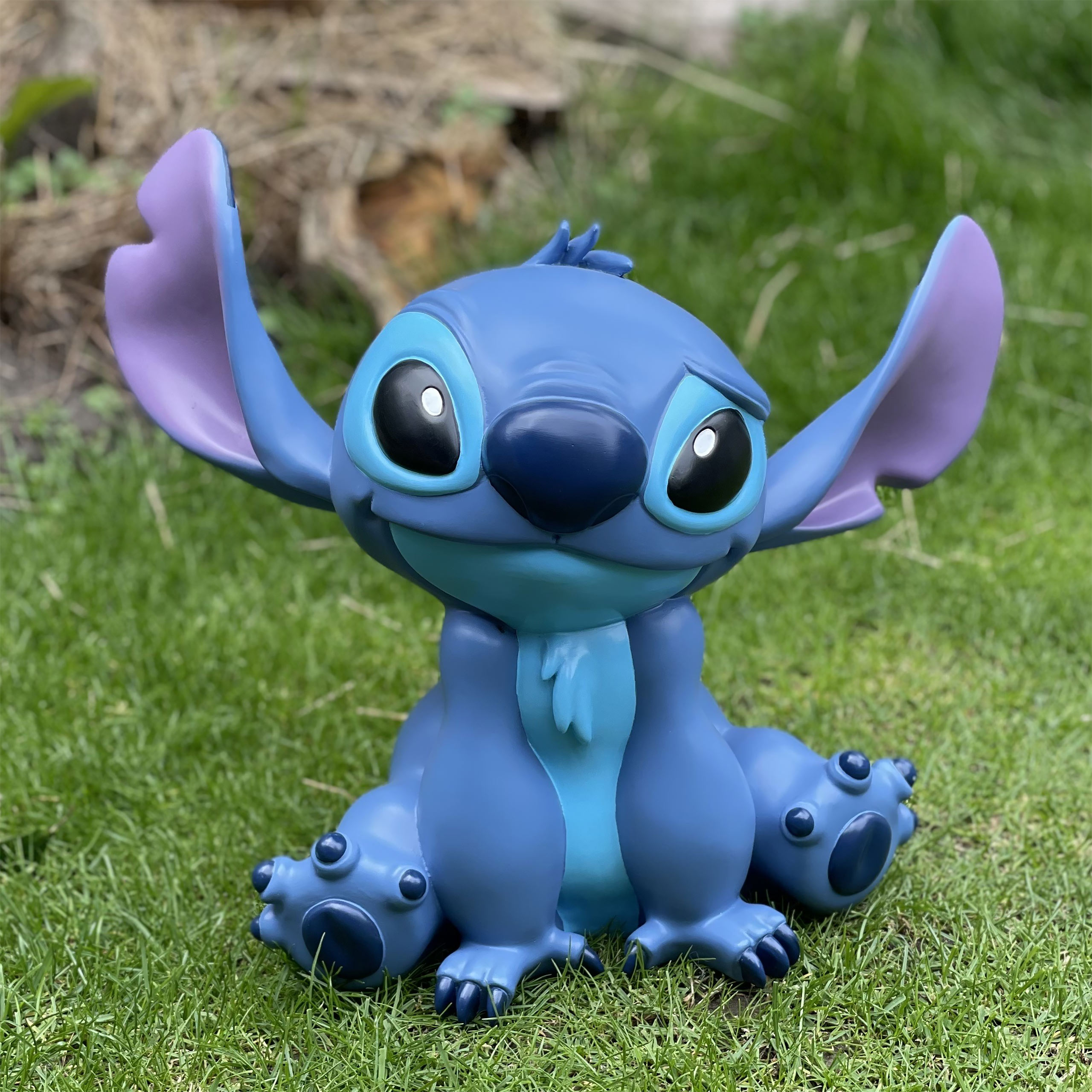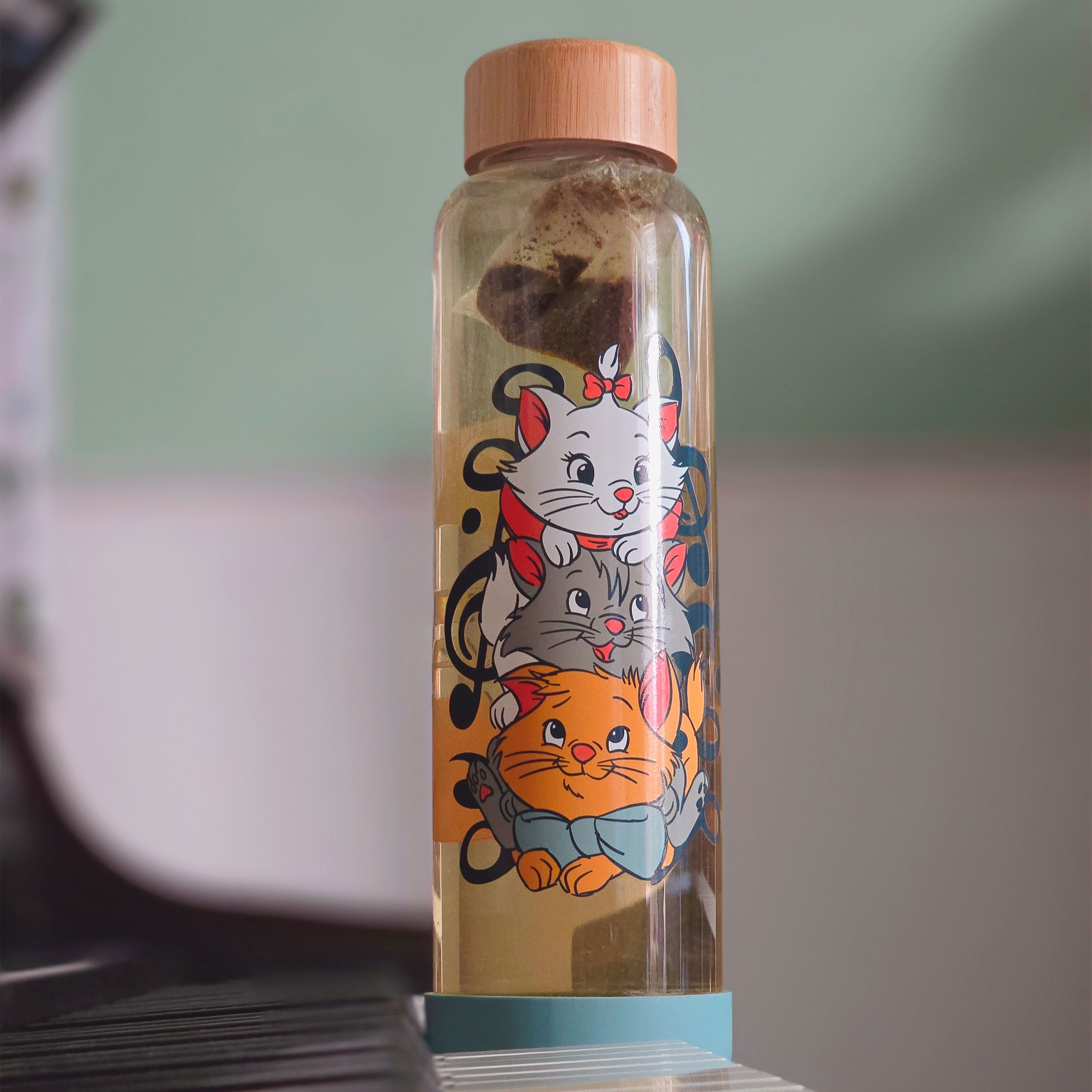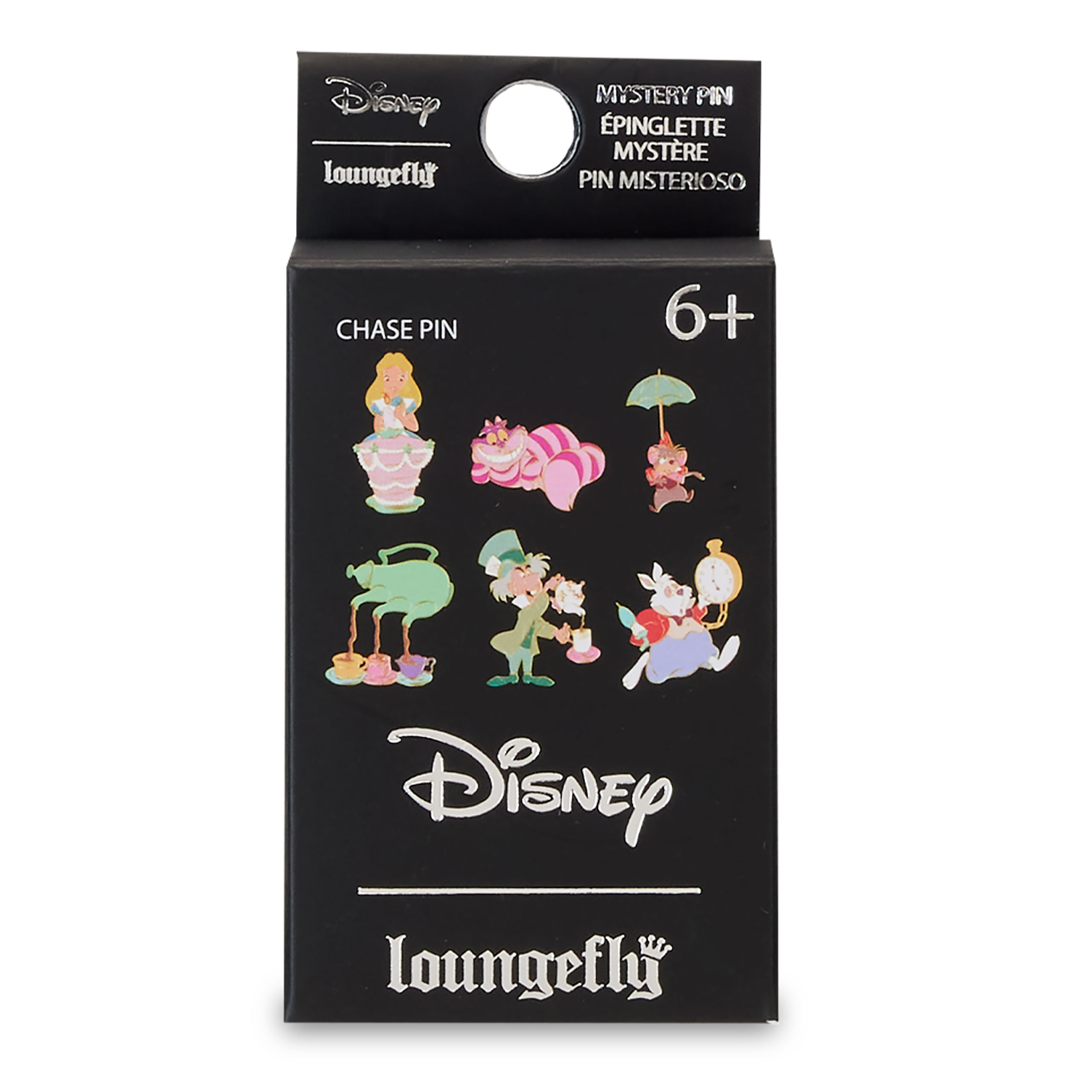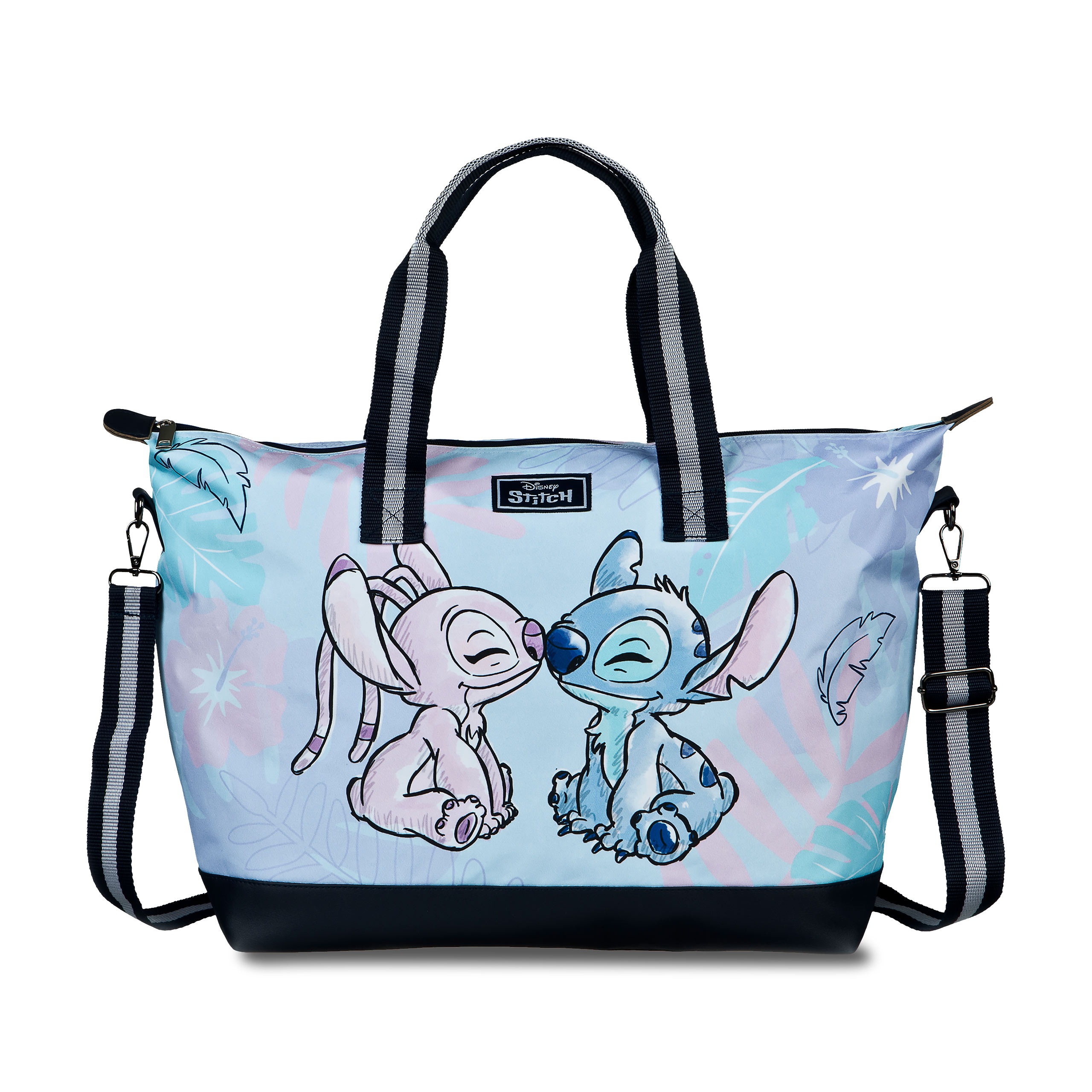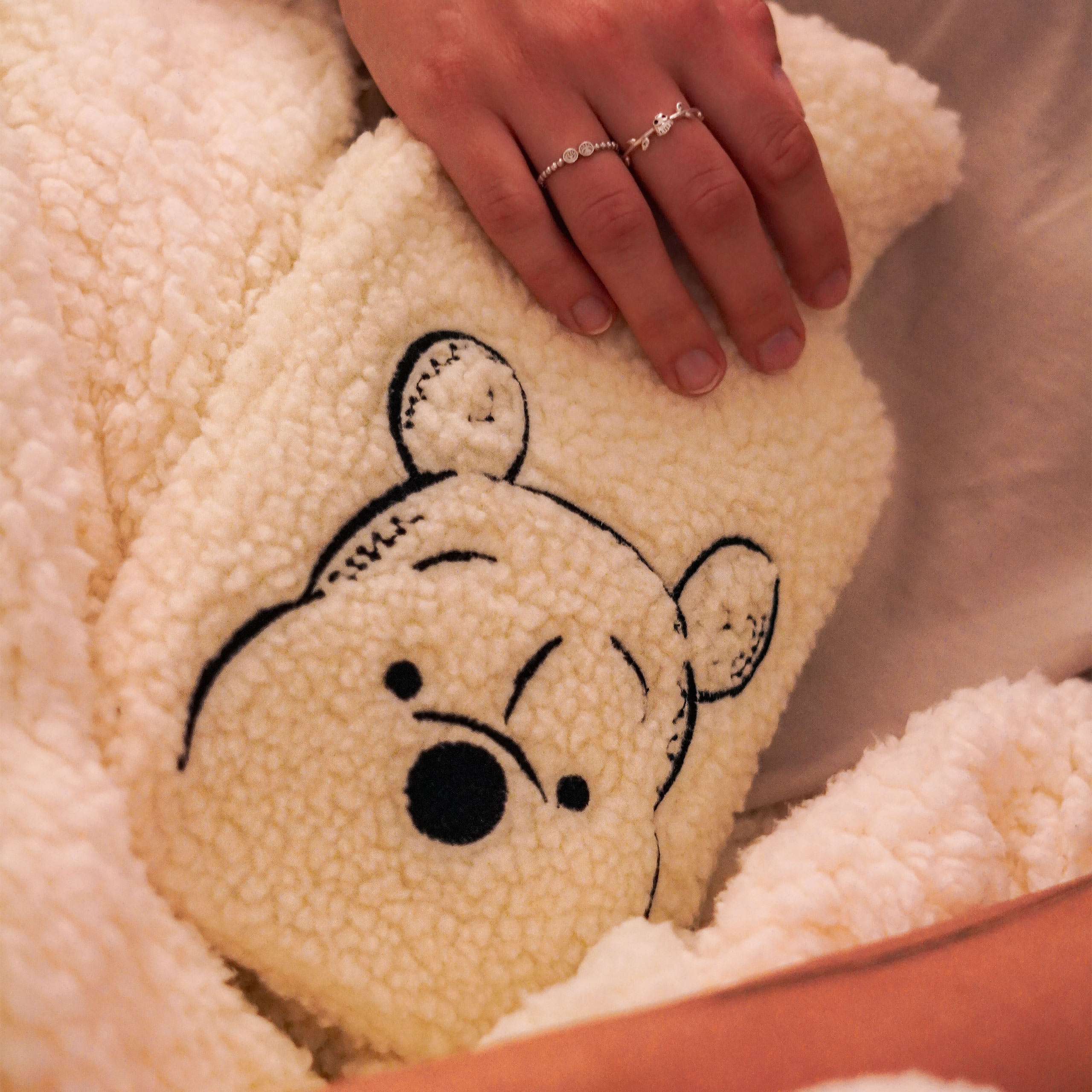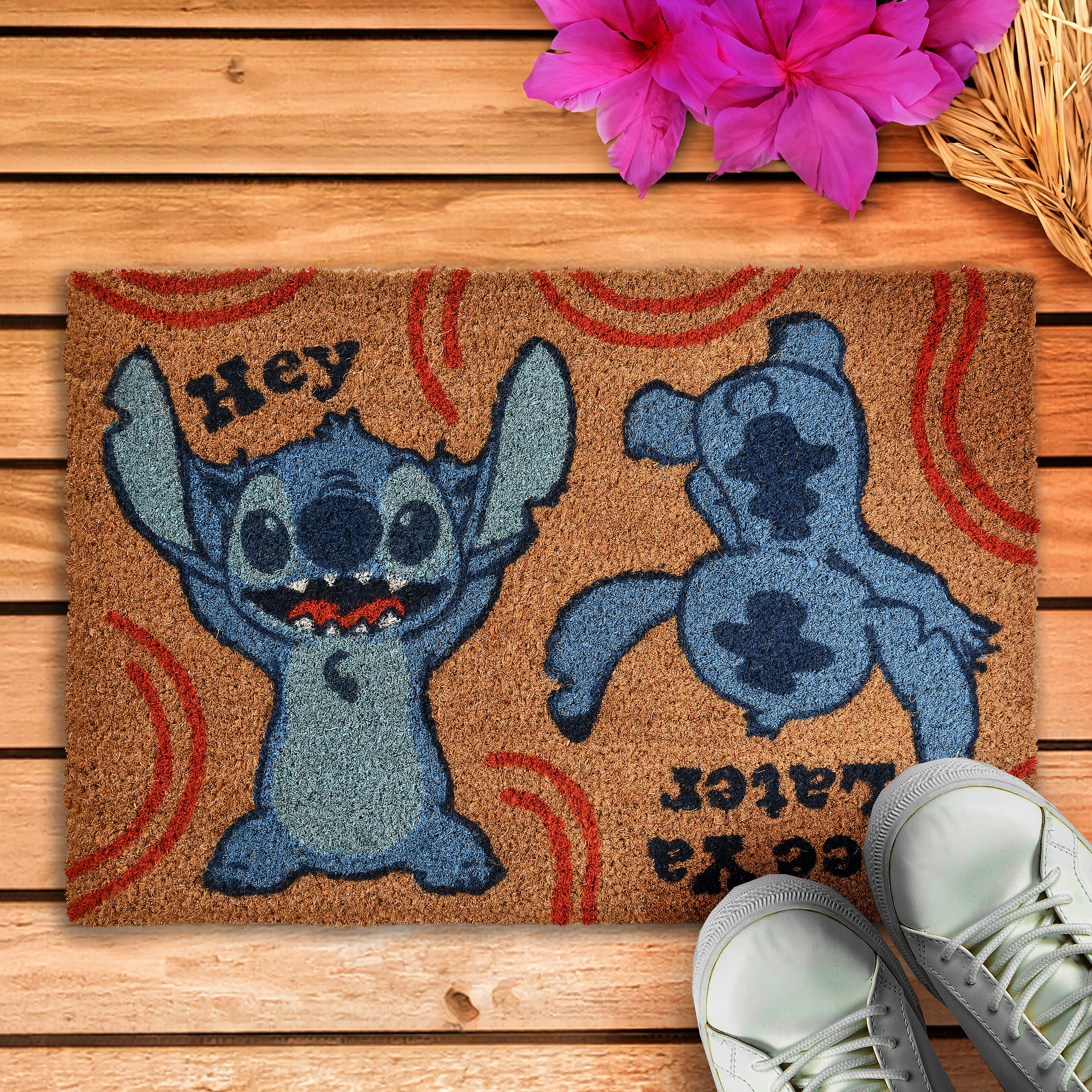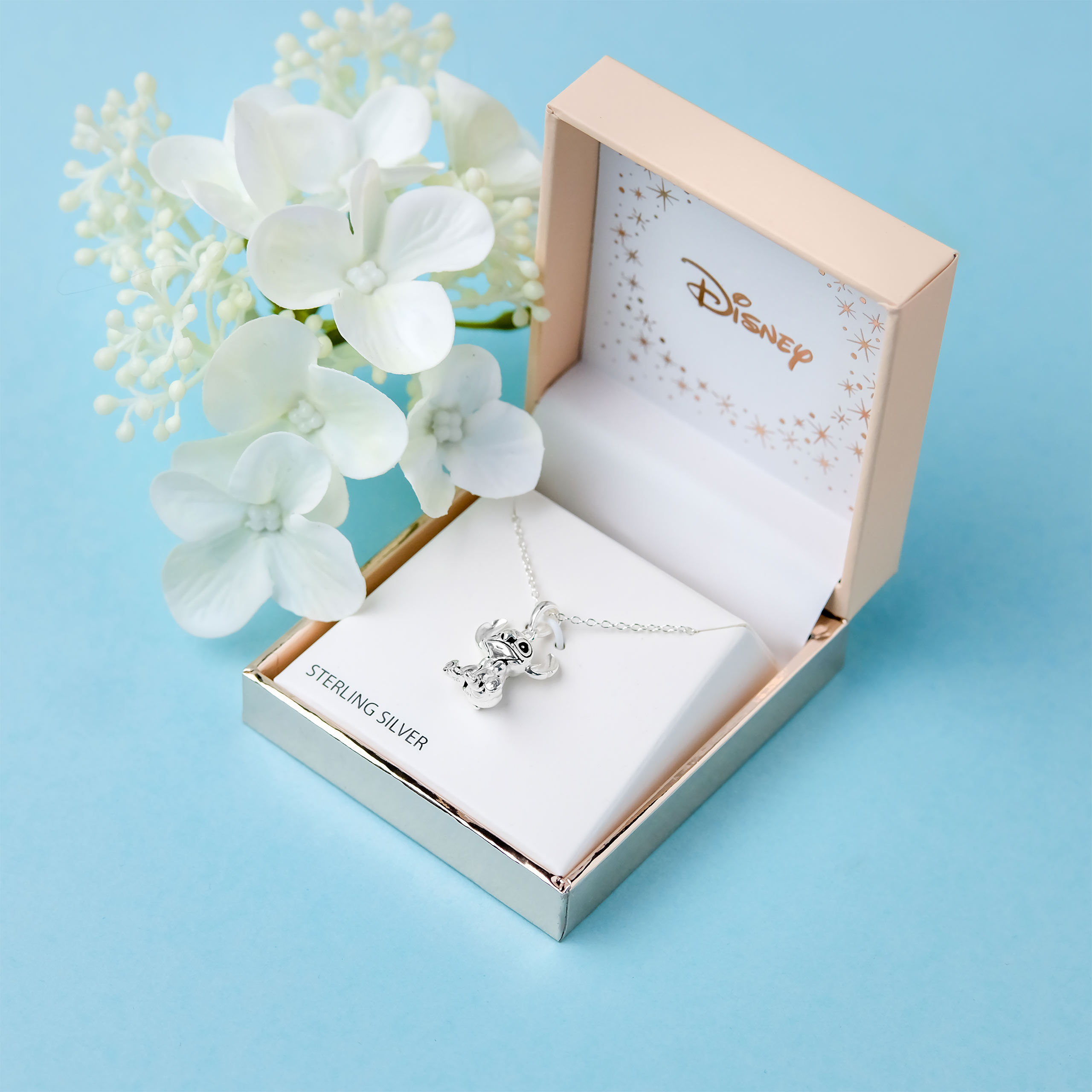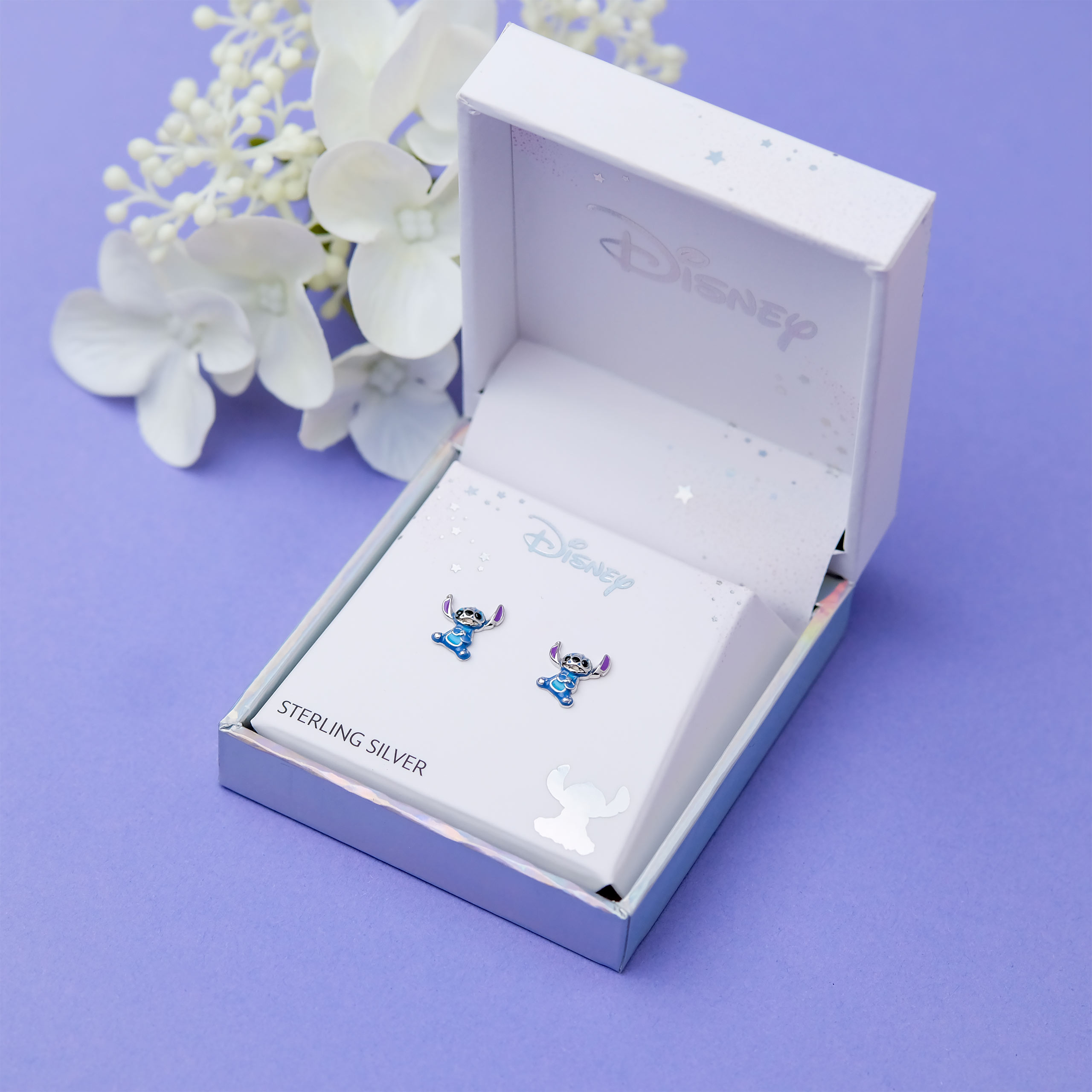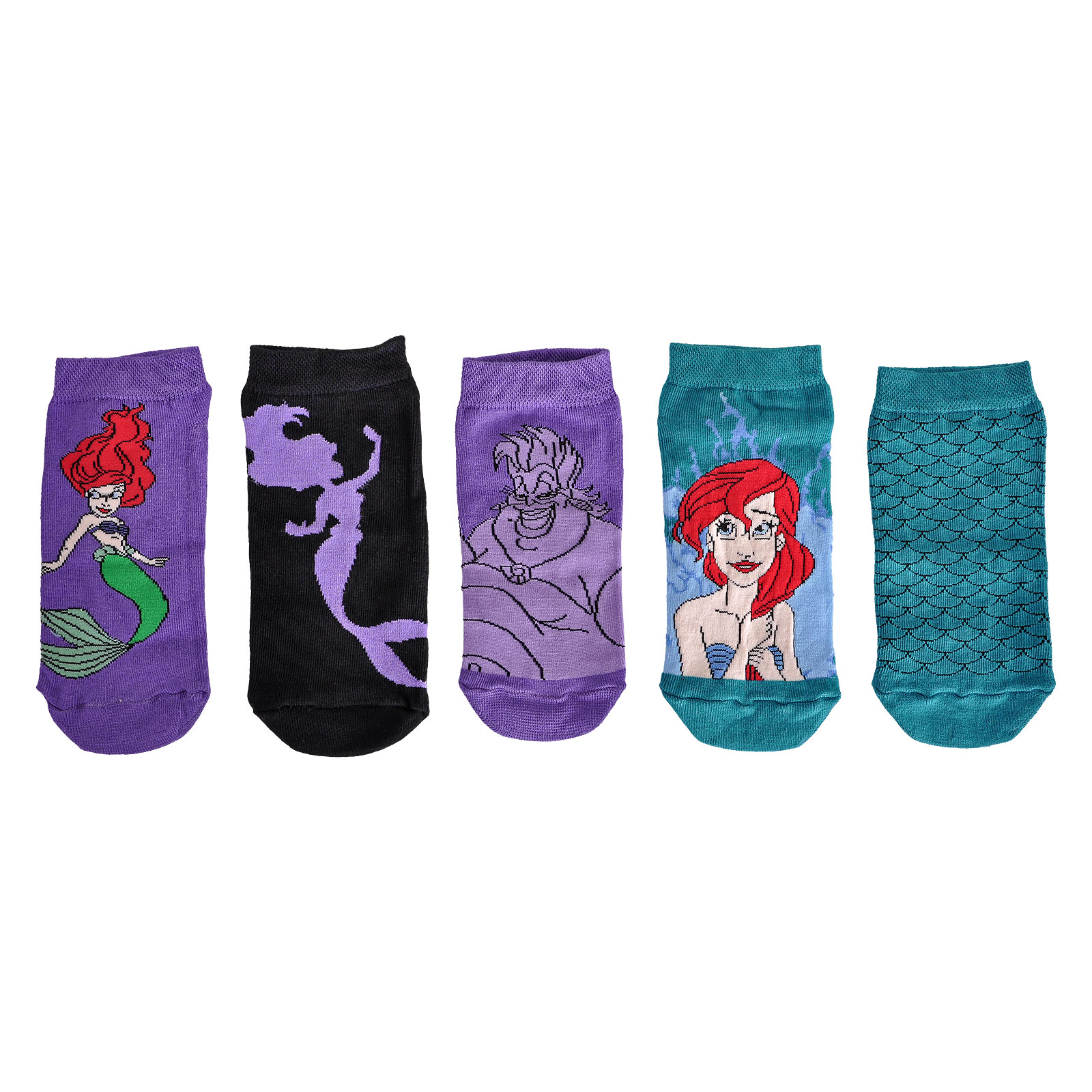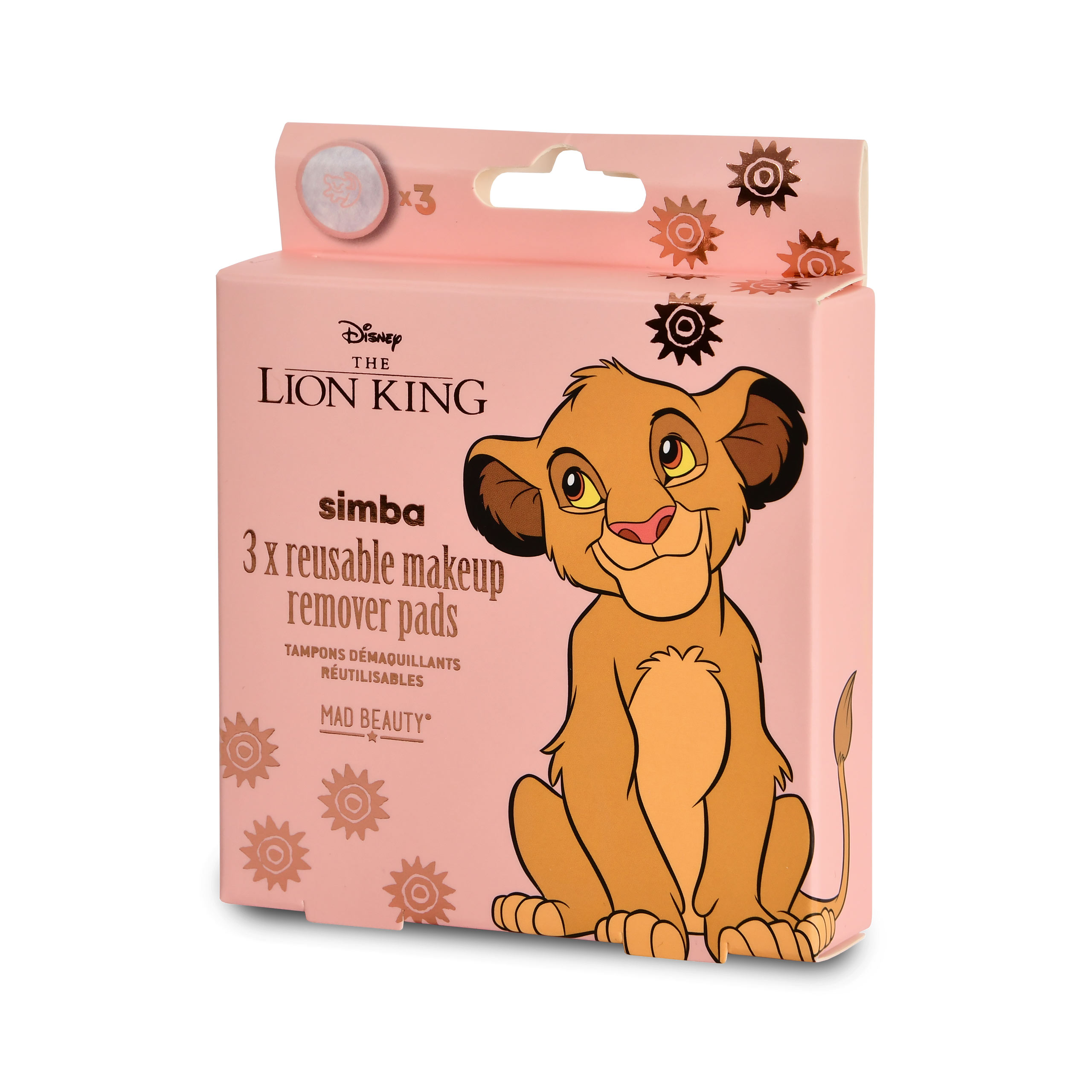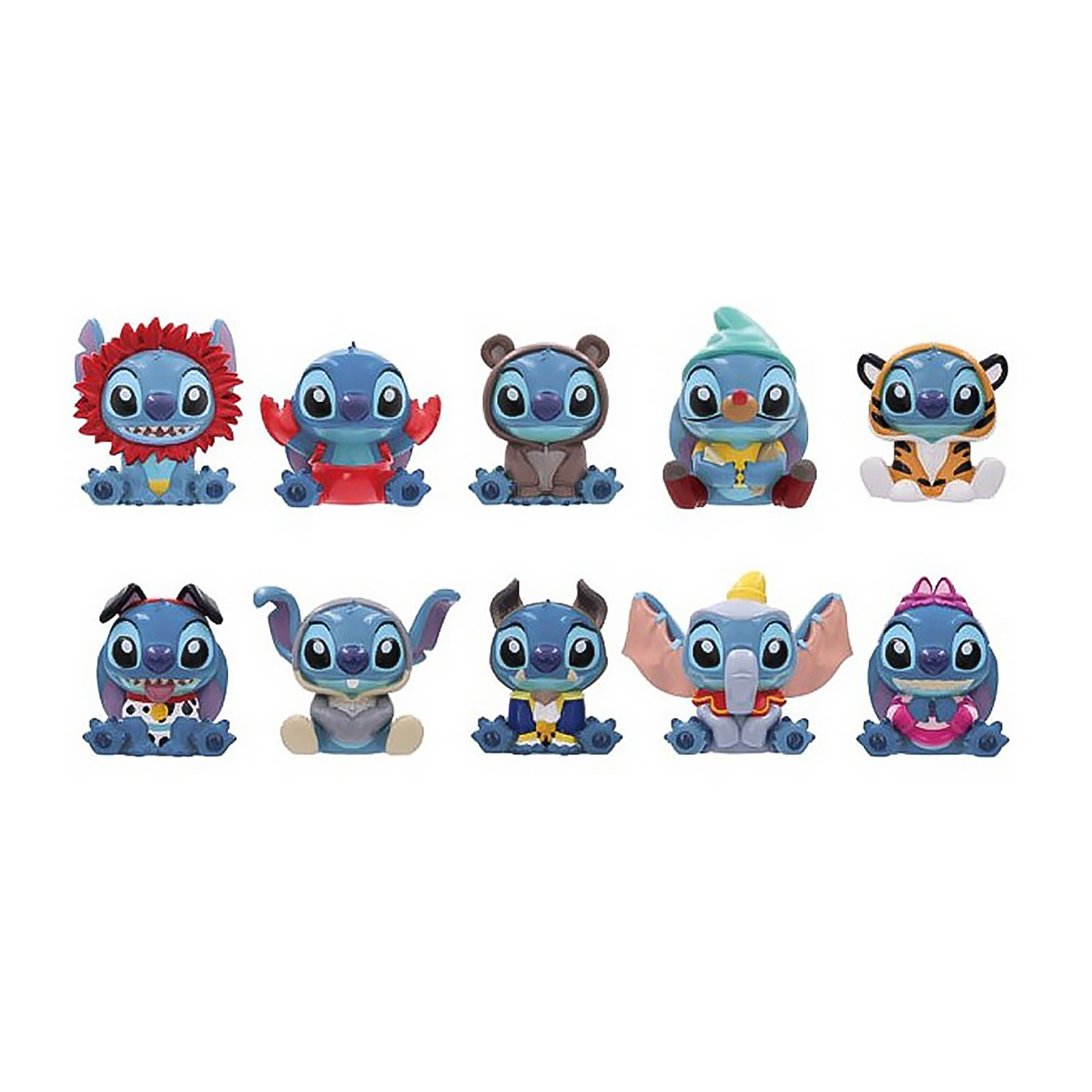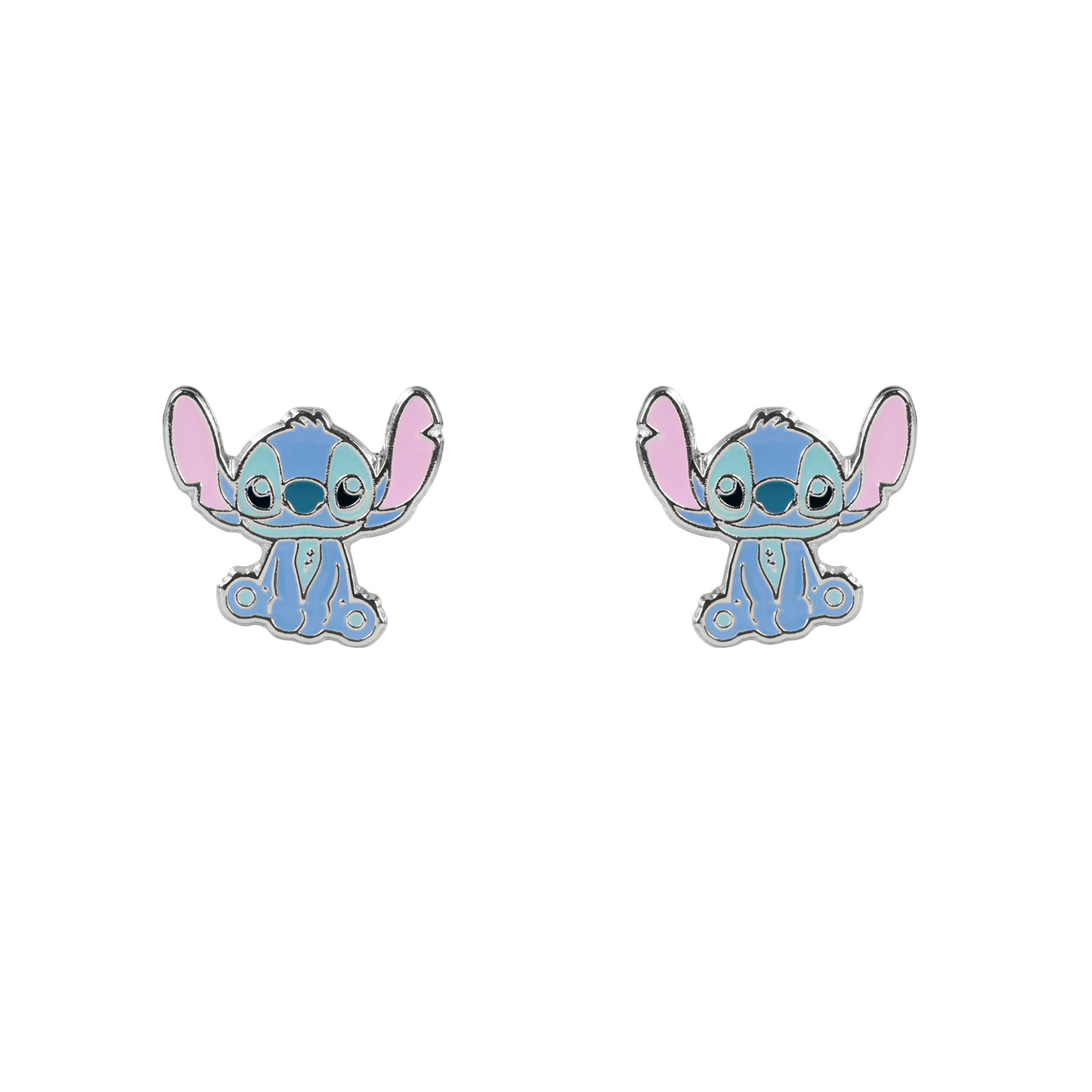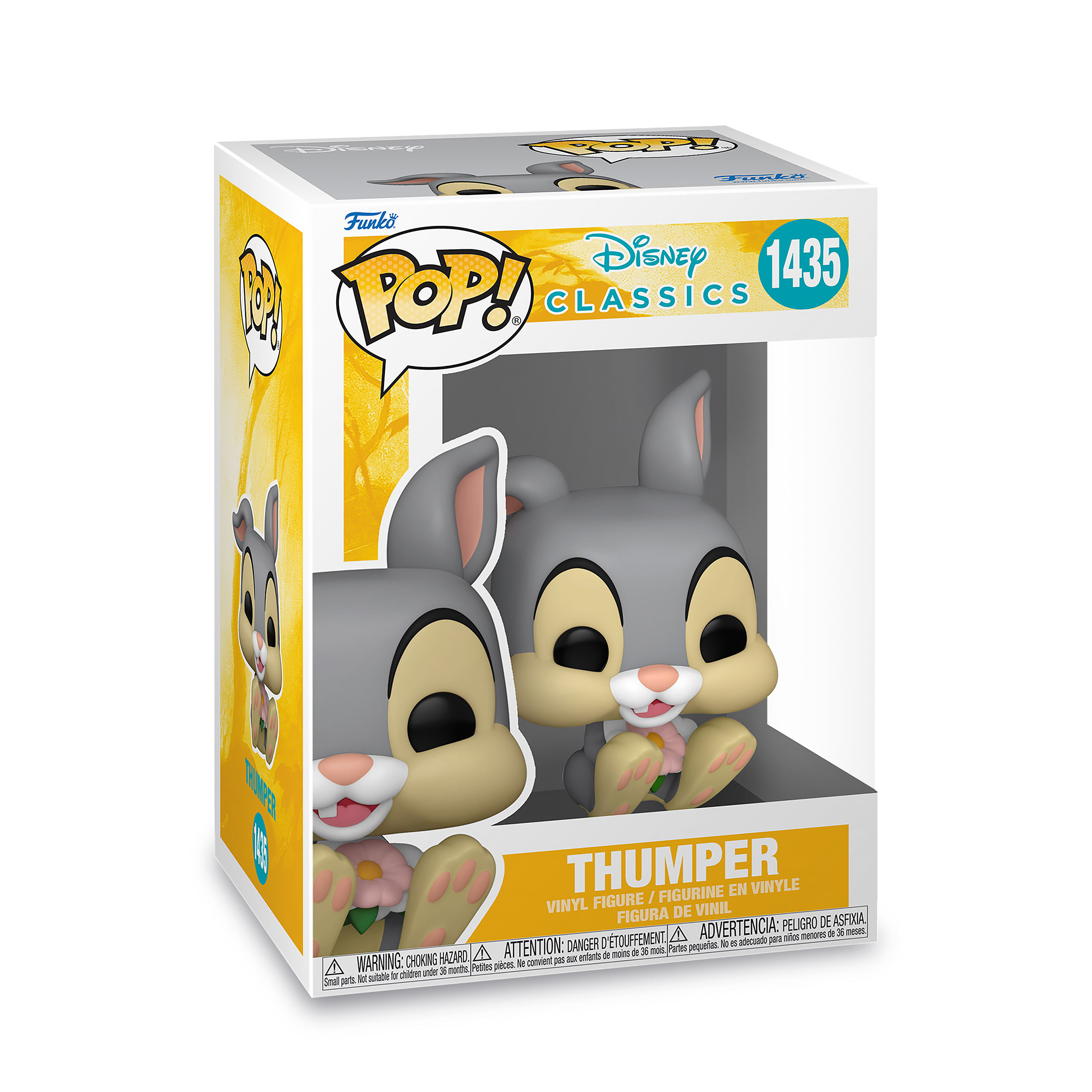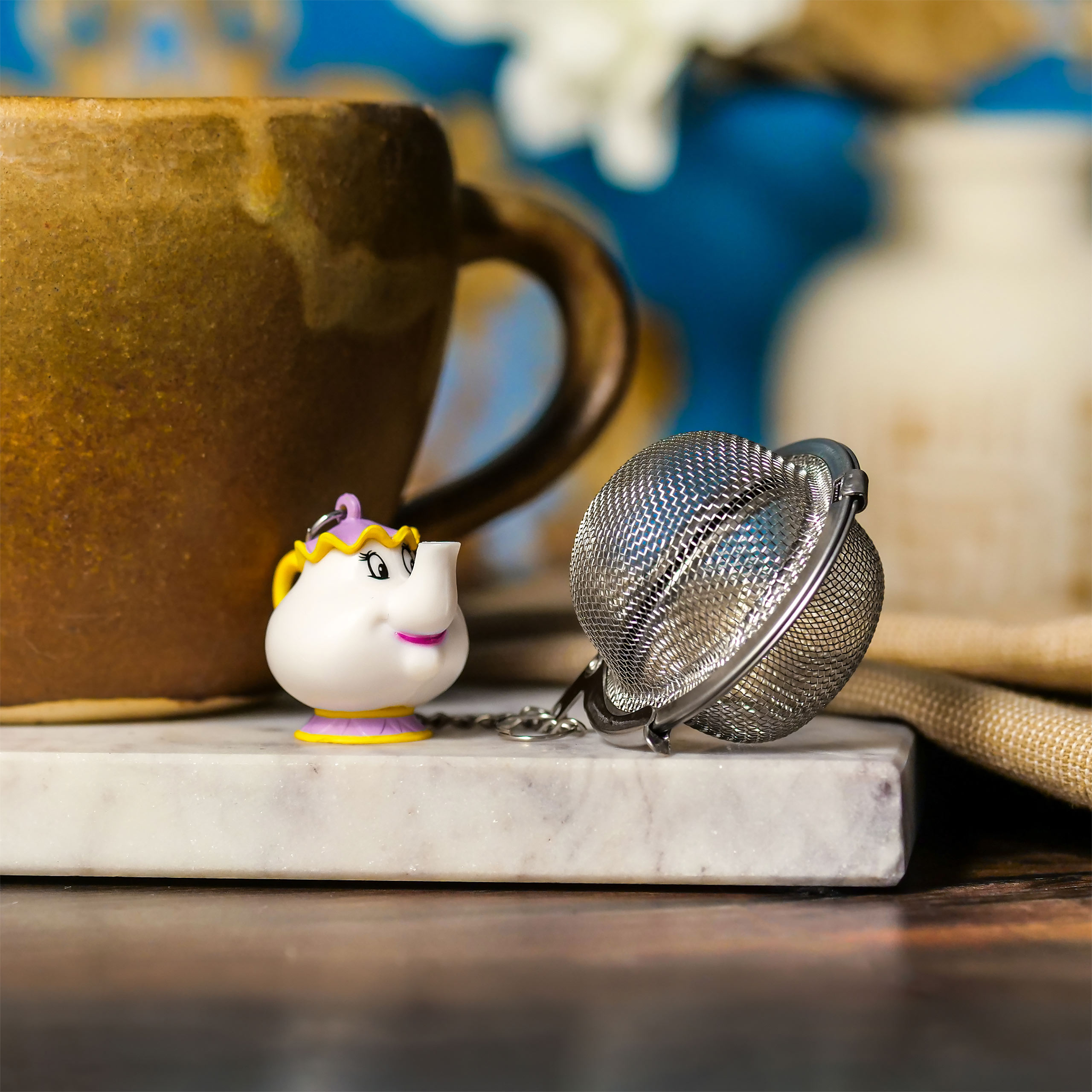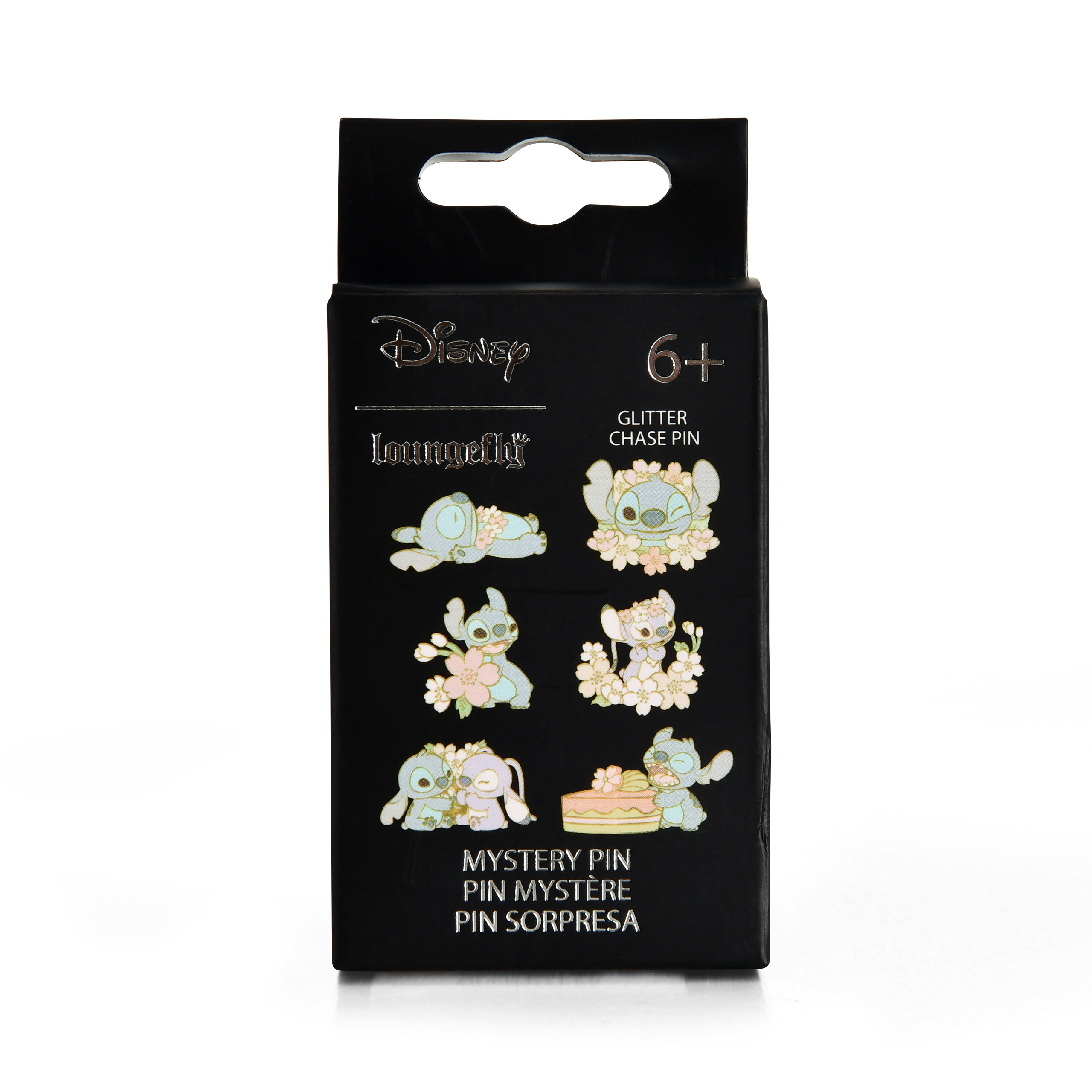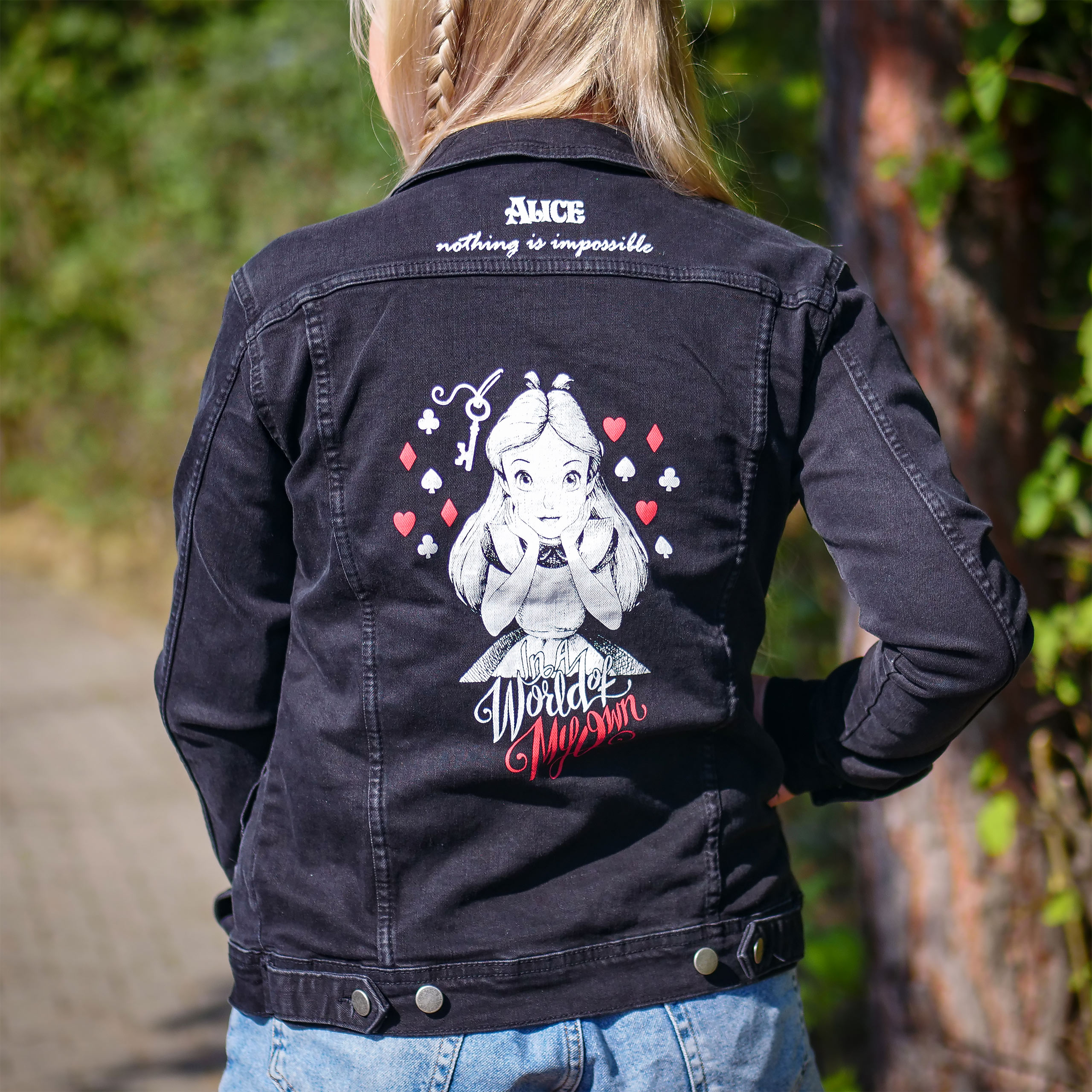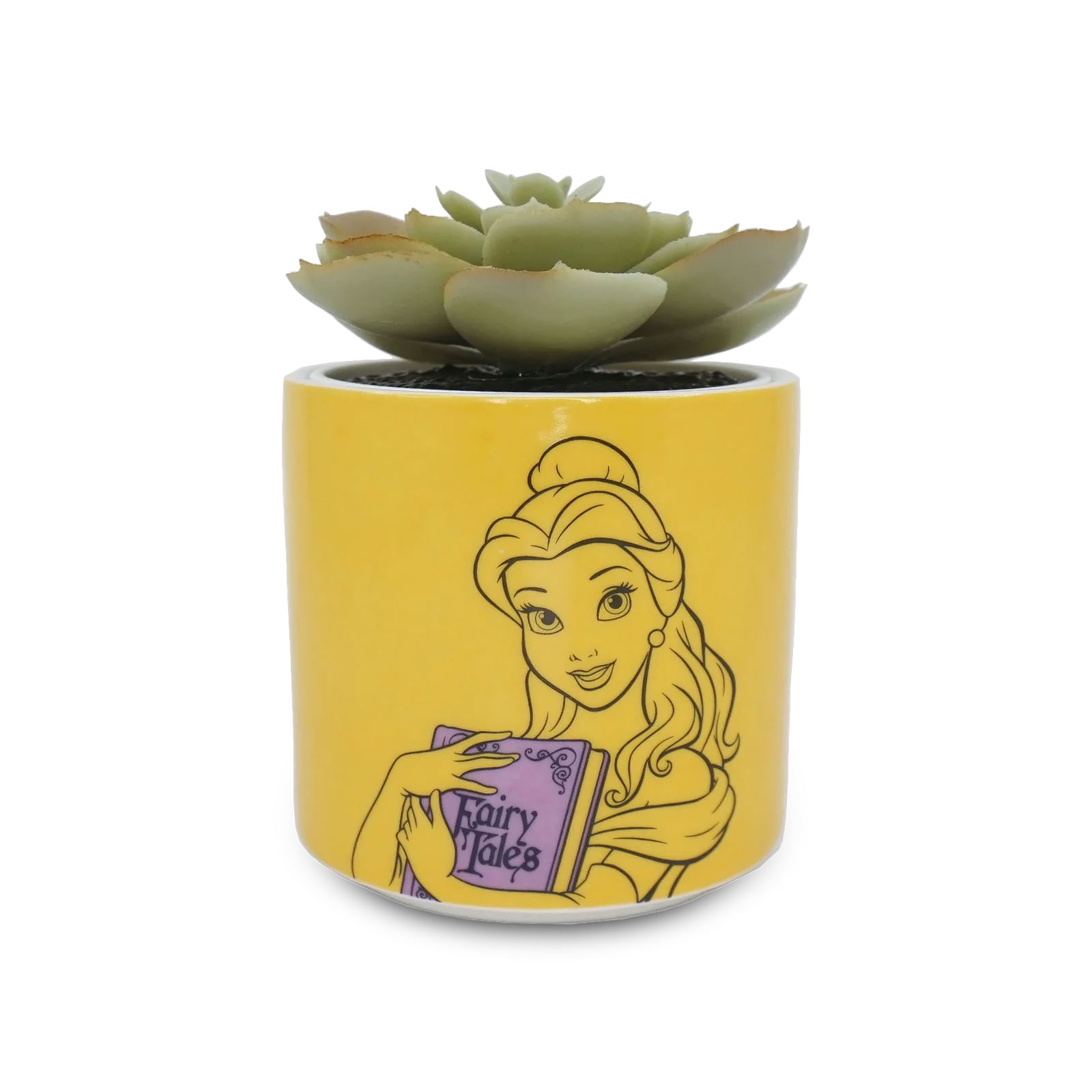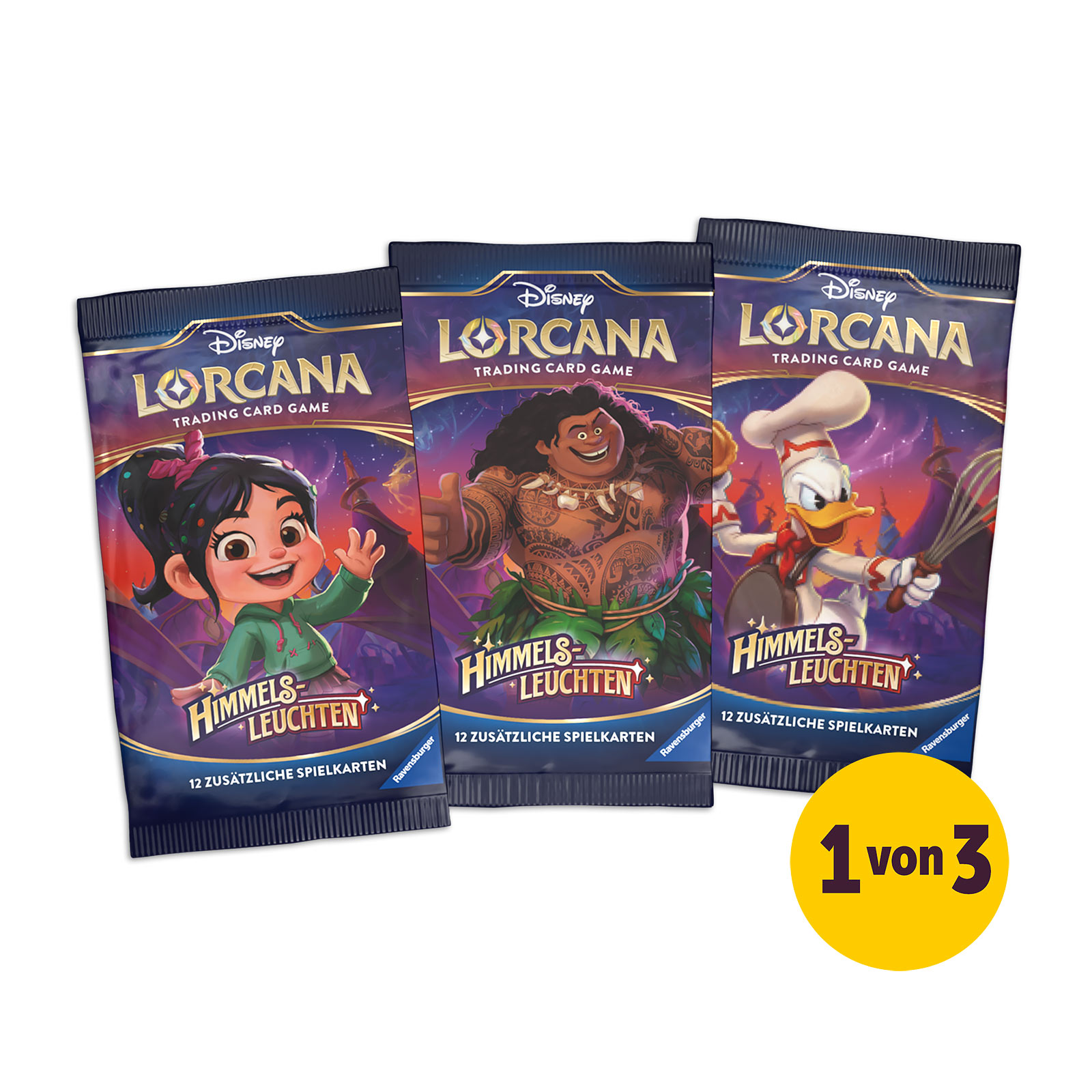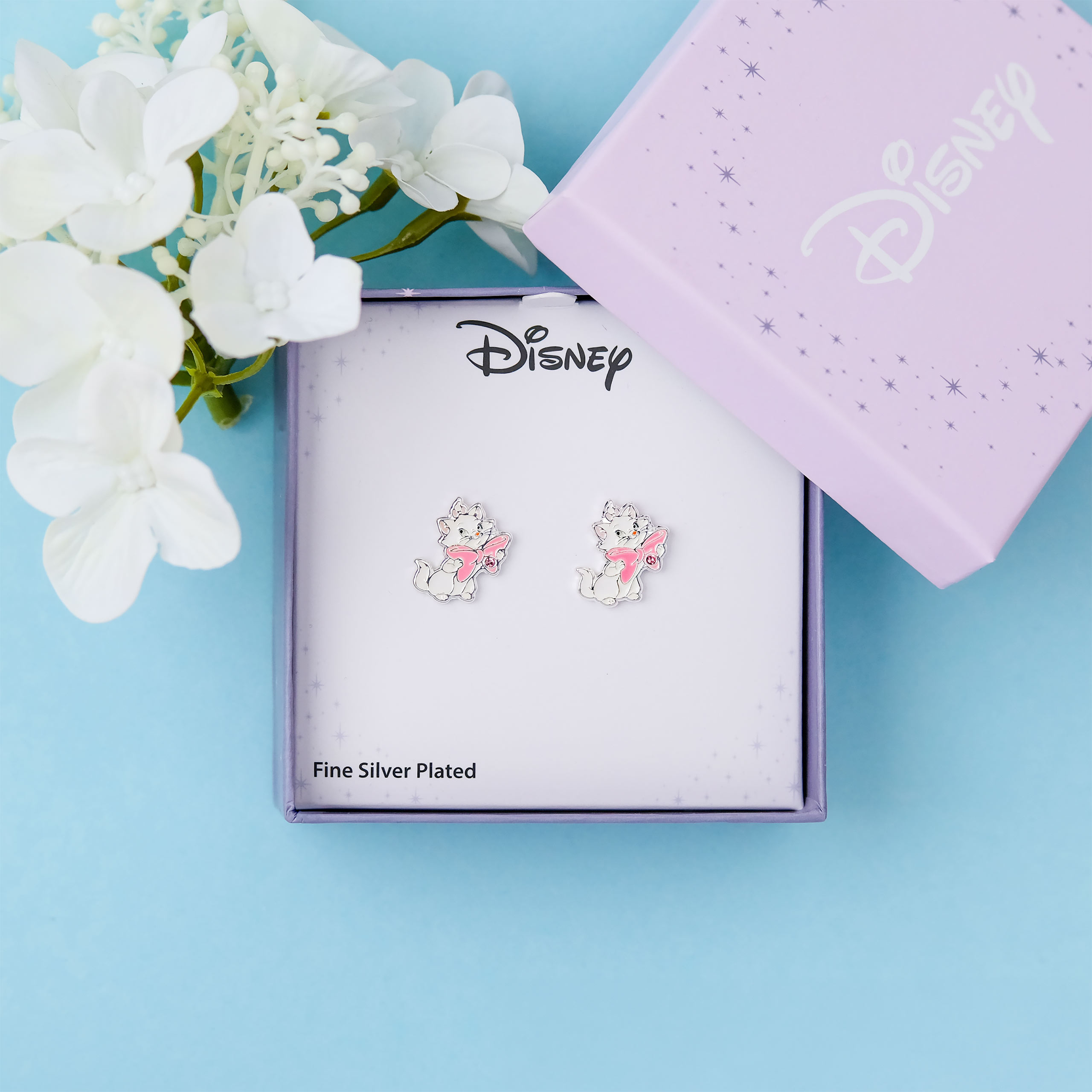Disney
All Disney classics have these moments that remain in the memory forever. Whether it's Aladdin's flight on the carpet, Simba's fight against Scar or Belle's dance with the Beast. No matter what your favourite film is: In our Disney Shop, you’ll find everything a fan’s heart desires.
-
All brands
-
Disney
- Hobby books
- Shirts
- characters
- Cosmetics
- T-shirts
- Funko figures
- cups
- Novels
- purses
- Plush figures
- To go mug
- Christmas
- Rucksacks
- Cans
- Hats
- Accessories
- Tops
- bag
- Sweatshirts
- Key chain
- Cosmetic bags
- Stationery
- Pajamas
- Hoodies
- Sweatpants
- Jackets
- Shoulder bags
- Glasses
- Knitwear
- Earrings
- Socks
- Baseball caps
- Trading cards
- Costumes
- Plate
- Slippers
- Foot mats
- clothes
- reference books
- puzzle
- Swimwear
- pillow
- Coasters
- Wristwatches
- Mousepads
- Action figures
- Money boxes
- Lamps
- Necklaces
- Board games
- leggings
- Pins
- Umbrellas
- Bed linen
- Cereal bowls
- Display articles
- Bathrobes
-
Disney
How WALL-E fell in love with an iPod
The moment we laid eyes on WALL-E, it was love at first sight with the little tidying robot. Kind of like WALL-E's instant infatuation with Eve. But for us, she was just a bit too styled, too elegant. She seemed more like an Apple product — and there is good reason for that! Because Eve was co-designed by Johny Ive, who is responsible for the look of the iPod and iPhone, among other things. The similar names are no longer a surprise either.
The seven eras of Disney animation
They defined our childhood. Yours too, probably. And we wouldn't be surprised if the same was true for your parents or children (if you have them). We are talking, of course, about Disney animated films. Drawn by hand in the early days, later increasingly making use of computer graphics, and now exclusively digital — a few things have never really changed in over 85 years: Disney films rely on great characters who learn important lessons. These in turn mostly revolve around themes such as family, friendship or kindness. Despite these almost unchanging core features, a lot has happened between Snow White and the Seven Dwarfs and Encanto! A good enough reason on its own for a closer look! And while we're at it, we might as well introduce the seven eras of Disney animation.
1937-1942: The Golden Age
The Walt Disney Animation Studios were founded in 1923 by the brothers Walt and Roy O. Disney, at that time still under the name Disney Brothers Cartoon Studio. This is the oldest animation studio in the world and initially only produced short films. It would be 14 long years before the first full-length feature film appeared. However, when Snow White and the Seven Dwarfs was finally completed, the film immediately ushered in the golden years of animation! Having said that ... this wasn't quite such a golden age after all. Apart from Snow White and Dumbo, the films made during this period (all of which, incidentally, were overseen by Walt Disney himself) were not hugely successful. Even Dumbo was something of a fluke as it was originally only planned as a short film. After the flop of Fantasia, Walt had to find a way to absorb the losses. So, without further ado, he converted the big-eared elephant into a major project. And, luckily for him, it took off.
Even though the Golden Age only boasts five key films, all these works have at least one thing in common that is very unlike Disney's contemporary reputation. They all tackle quite dark themes and contain challenging scenes — just think of the wicked witch or the death of Bambi's mother! But the Golden Age also initiated certain trends that we will see time and again over the following years. These include fairy tale films and adaptations of well-known literature, such as Pinocchio, and stories that are told from the point of view of animals. Other features that continue in almost every subsequent film by the studio include the use of exaggerated villains and comedic sidekicks.
The films of the Golden Age: Snow White and the Seven Dwarfs (1937), Pinocchio (1940), Fantasia (1940), Dumbo (1941), Bambi (1942)
1943-1949: The Wartime Era
Few things trigger such positive connotations as Disney films. But even with such a beautiful, seemingly light topic, sometimes we cannot avoid the harsh reality. And of course, the Second World War had a major impact on the animation studio and the entire company. The Wartime Era, as it is somewhat emotively referred to, was characterised by budget cuts and thus also by smaller teams. Although one more film was released than during the Golden Age, there is no comparison between the productions. This is partly because films like The Three Caballeros, Make Mine Music and The Adventures of Ichabod and Mr. Toad are among the most obscure Disney works ever. Most importantly, these are not films in the true sense, but rather anthologies of short films. Our honest opinion? These are not really Disney films for us. Which is why we are just going to jump straight on.
The Films of the Wartime Era: Saludos Amigos (1942), The Three Caballeros (1944), Make Mine Music (1946), Fun and Fancy Free (1947), Melody Time (1948), The Adventures of Ichabod and Mr. Toad (1949)
1950-1967: The Silver Age
Now things get interesting again! The Silver Age marked a return to major full-length animated films and gave us some of the greatest classics in film history! With Cinderella, Alice in Wonderland and Sleeping Beauty, the animation studio took the next step in fairy tale and book adaptations, while Lady and the Tramp, 101 Dalmatians and The Jungle Book once again focused on storytelling from the perspective of animals. Having said that ... the Jungle Book does have a human protagonist in Mowgli ... but somehow Baloo and gang are just much cooler for us than the impish human child.
It is difficult to summarise common elements of the Silver Age films. These films seem like something from another world, even everyday settings have something magical about them — whether that's just a table in a dark alley for two dogs eating spaghetti. This atmosphere is reinforced by the general aesthetic. Many of these films are characterised by artistic backgrounds and soft colours.
Not all films from this period were a hit with the critics. The Sword in the Stone, for example, received very negative reviews, and still scores a shameful 66 per cent on Rotten Tomatoes today. But audiences didn't care, almost all the productions during this period were financially successful — even The Sword in the Stone! The Silver Age ends with the death of Walt Disney, the last film he supervised was The Jungle Book.
The Silver Age films: Cinderella (1950), Alice in Wonderland (1951), Peter Pan (1953), Lady and the Tramp (1955), Sleeping Beauty (1959), 101 Dalmatians (1961), The Sword in the Stone (1963), The Jungle Book (1967)
1970-1988: The Bronze Age
This period is also called the "Modern Era". Although that sounds far too positive to us! A more appropriate title would be "The Trial and Error" phase. Because the death of Walt Disney had a major impact on the studio. There was a certain lack of leadership. A lack of focus. Not that all films made during this time were terrible — far from it! Many fans regard The Aristocats as one of the best Disney films ever, and The Rescuers also has many admirers. Nevertheless, the adventures of the Bronze Age lack a certain coherence.
In general, Disney moved away from the fantastic. The stories became darker, more worldly. Which in itself is not a bad thing! But there is no denying that the films of this era were less well-received — both by critics and audiences. Perhaps this can be attributed to the absence of the kind of grand themes found in earlier masterpieces, although The Many Adventures of Winnie the Pooh is an admirable exception. Or perhaps the problem is the look, because Disney switched the production process to xerography during this time, which saved time and money. This technology was not yet fully developed and brought with it heavy black outlines. That is why the films of this period are also described as "scratchy films".
The Bronze Age films: The Aristocats (1970), Robin Hood (1973), The Many Adventures of Winnie the Pooh (1977), The Rescuers (1977), The Fox and the Hound (1981), The Black Cauldron (1985), The Great Mouse Detective (1986), Oliver && Company (1988)
1989-1999: The Disney Renaissance
We can probably all agree that the decade spanned by the Disney Renaissance represents the absolute ultimate in Disney animated films! During this period, the studio remembered its roots. What this meant was that the films, finally, featured a large musical component again and were mostly interpretations of existing stories. Just like in the good old days, when Walt Disney was still in charge. Nine of the ten films released were nominated for Academy Awards, and six took home at least one of the coveted trophies. We certainly don't need to explain to you that these films were all incredibly successful, especially The Lion King.
There are two names that we would like to highlight at this point: Howard Ashman and Alan Menken. They came from Broadway and their first Disney film was The Little Mermaid. Howard and Alan were pretty much key to the musical success that Disney achieved in this era. Four productions from this period were also adapted as Broadway plays, almost as a matter of course. Anyway: the enormously talented Ashman died in 1991, before he could even finish his work on Aladdin. Menken, on the other hand, is still active today and has worked on countless Disney films, including Beauty and the Beast, Pocahontas and The Hunchback of Notre Dame. He has won eight Oscars for his work and is the only person in the world to have won a Razzie, an Emmy, a Grammy, an Oscar and a Tony, known as REGOT among insiders.
The films of the Disney Renaissance: The Little Mermaid (1989), The Rescuers Down Under (1990), Beauty and the Beast (1991), Aladdin (1992), The Lion King (1994), Pocahontas (1995), The Hunchback of Notre Dame (1996), Hercules (1997), Mulan (1998), Tarzan (1999)
2000-2009: Post-Renaissance Era
The Post-Renaissance Era is difficult to pigeonhole. In contrast to the previous decade, these films relied on slightly different storylines and the visual style also changed a lot, even within the era itself. Most productions tell stories about families and the search for identity, which at first sounds quite logical for Disney films. Disney had correspondingly high hopes for films like Brother Bear and Atlantis, especially after the huge successes of recent years. But everything was to turn out quite differently. There's no point sugar-coating it, most of the films were downright flops. Almost no film from this era made a lasting impression, perhaps with the exception of Lilo & Stitch — something that particularly saddens the author of this piece, who rates The Emperor's New Groove as his favourite Disney film.
The key characteristic of this period is that Disney was experimenting. Dinosaur, for example, was a very early attempt at a computer-animated film by Disney, although this still involved filming real locations with "only" the dinosaurs being computer generated. It's a pity that, yet again, the studio was not rewarded for its openness to new approaches. So, not surprisingly, Disney once again returned its focus to old virtues.
The films of the Post-Renaissance era: Fantasia 2000 (1999), Dinosaur (2000), The Emperor's New Groove (2000), Atlantis: The Lost Empire (2001), Lilo & Stitch (2002), Treasure Planet (2002), Brother Bear (2003), Home on the Range (2004), Chicken Little (2005), Meet the Robinsons (2007), Bolt (2008)
2009-today: The Revival Era
We could just as easily call the current era of Disney films the Second Disney Renaissance. After John Lasseter took over as head of Disney Animation in 2006 and his former company Pixar was bought out, the release of The Princess and the Frog marked the beginning of an incredibly successful era for Disney's animated films. This return to classic animation was so well-received it earned three Oscar nominations from the Academy. Tangled also relied on successful elements of the past, namely archetypal characters (evil stepmother), comedic sidekicks and great musical numbers. The result was a box-office hit that only Disney itself could surpass. And that's what it did with its 2013 smash hit Frozen, which eclipsed everything that had come before it.
This time, Disney knew exactly what it had. And you have to graciously admit that the animation studio has not put a foot wrong since The Princess and the Frog. The many films of the last decade have all been very good, financially successful and surprisingly lacking in sequels. Apart from Frozen II and Ralph Breaks the Internet, we just find new brands like Big Hero 6, Zootopia, Moana, Raya and the Last Dragon, and Encanto, which we cannot praise highly enough. Especially since some of these films even try a completely different structure — Encanto, for example, does away with villains completely!
In our opinion, Disney can stick to this pattern as long as the quality continues to be good, and provided they avoid producing one sequel after another. It's impossible to say at the moment whether we can speak of another era or at what point this might be applicable. And if we look at the company's history, that's probably better for Disney.
Films of the Revival Era: The Princess and the Frog (2009), Tangled (2010), Winnie the Pooh (2011), Wreck-it Ralph (2012), Frozen (2013), Big Hero 6 (2014), Zootopia (2016), Moana (2016), Ralph Breaks the Internet (2018), Frozen II (2019), Raya and the Last Dragon (2021), Encanto (2021).
